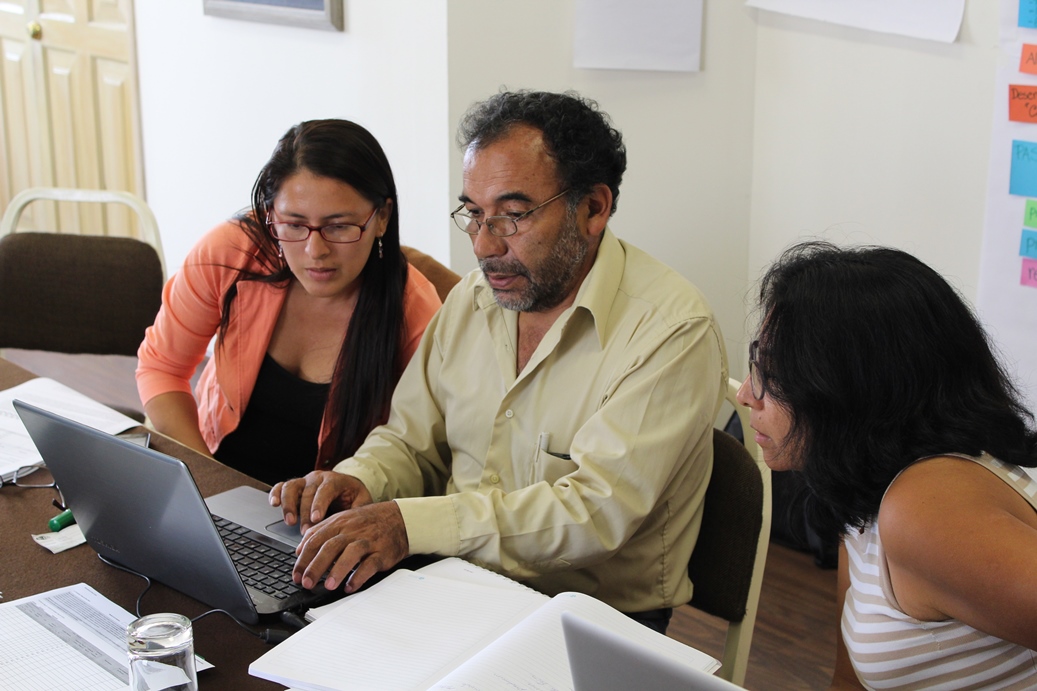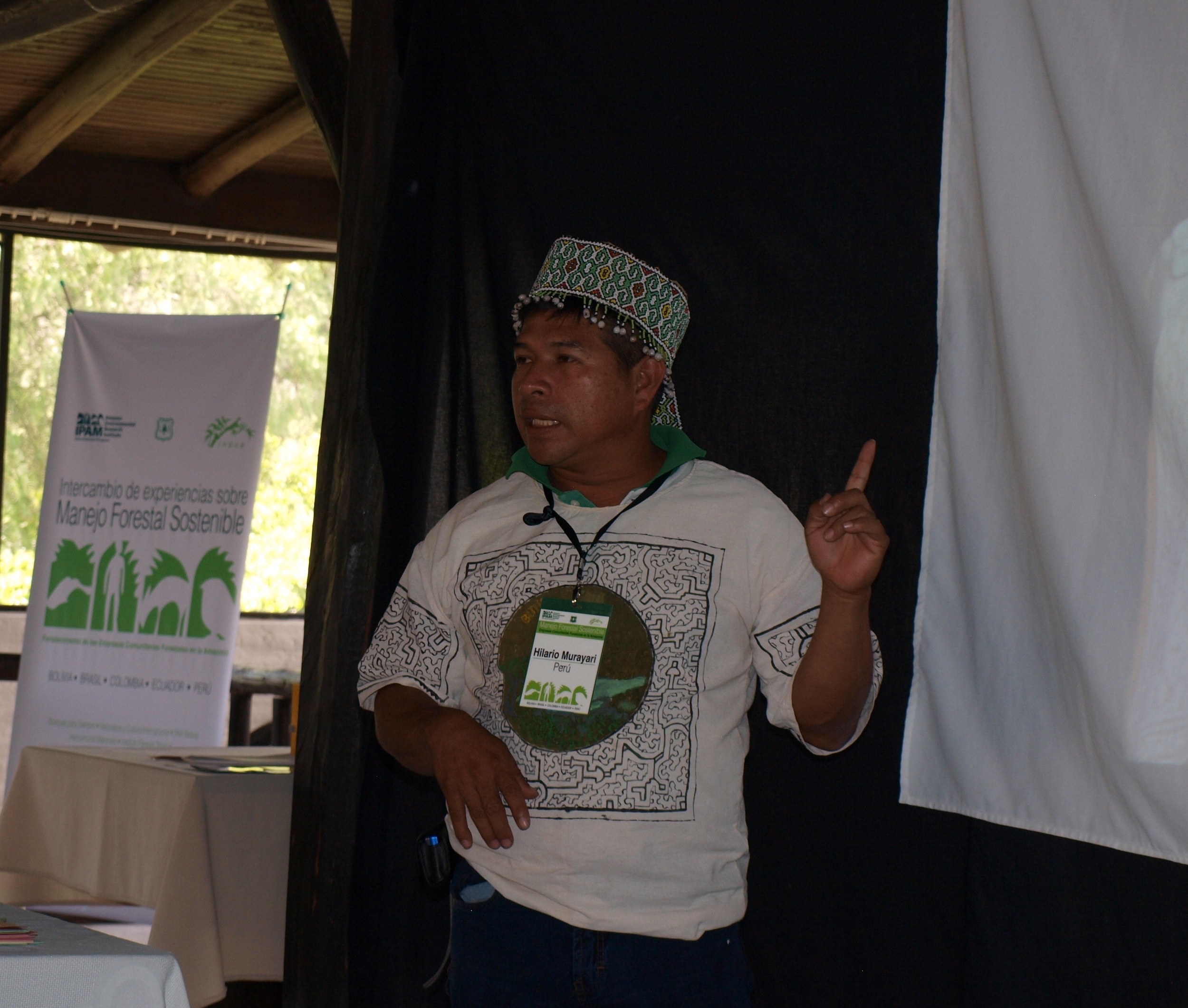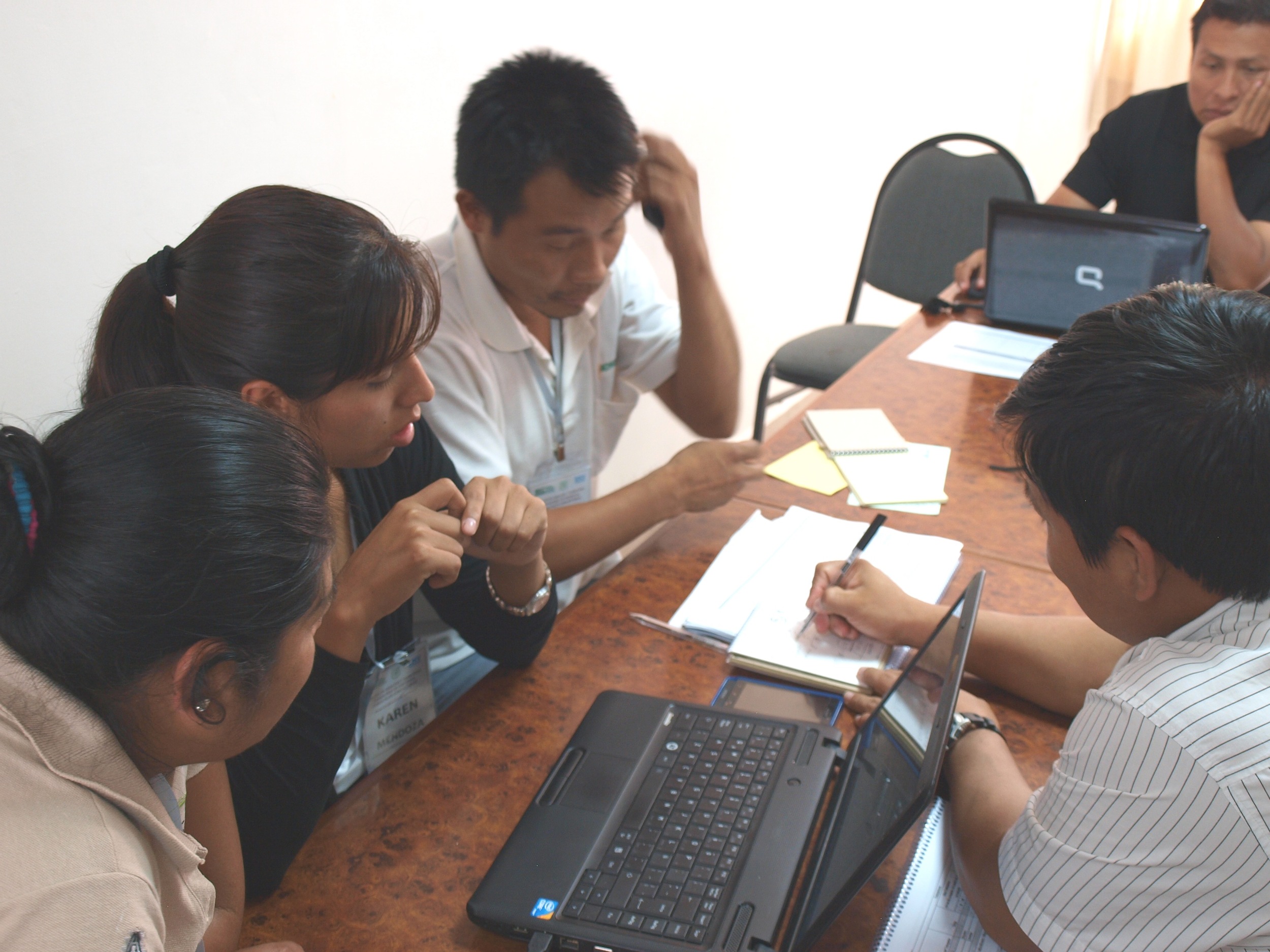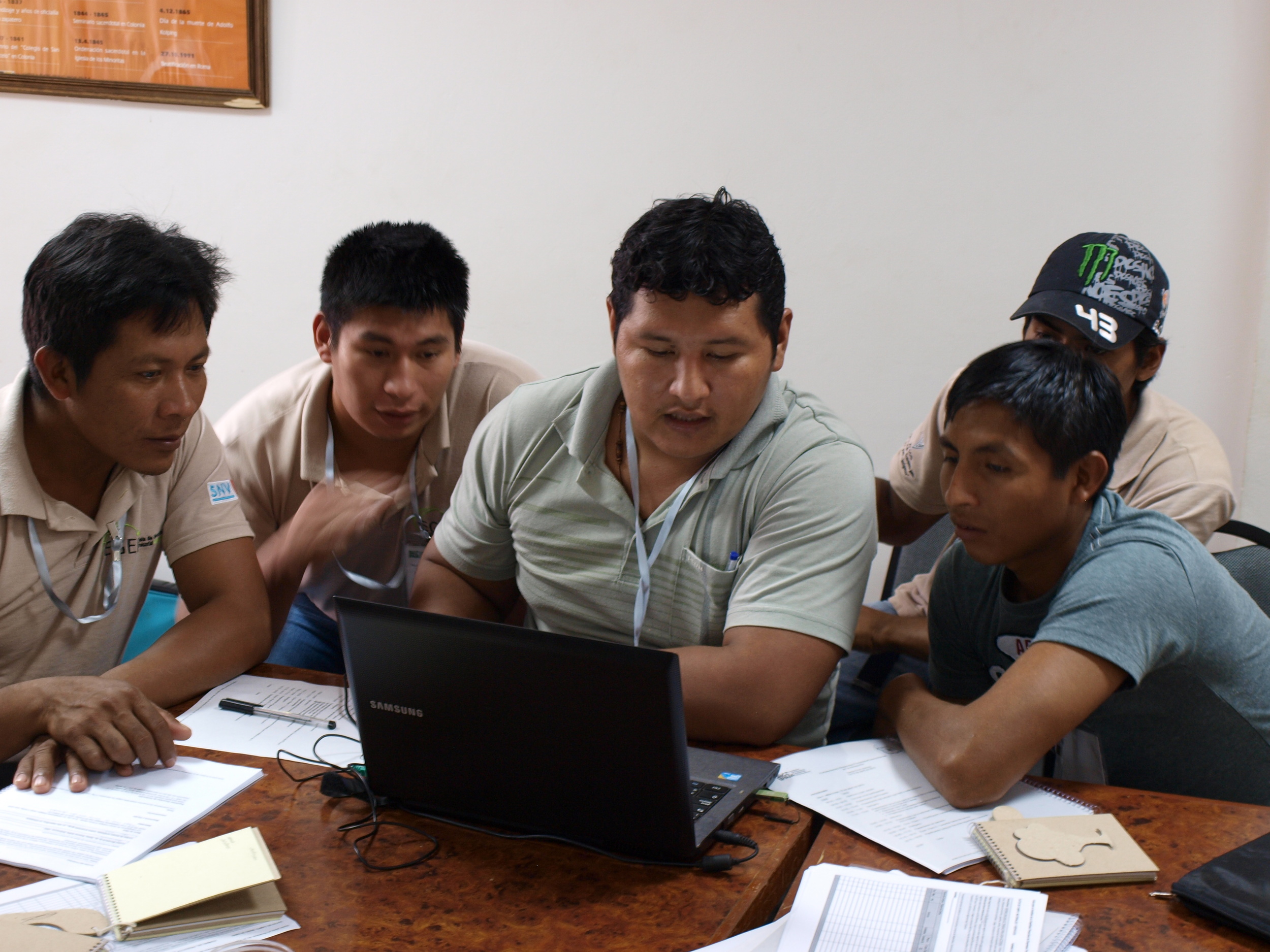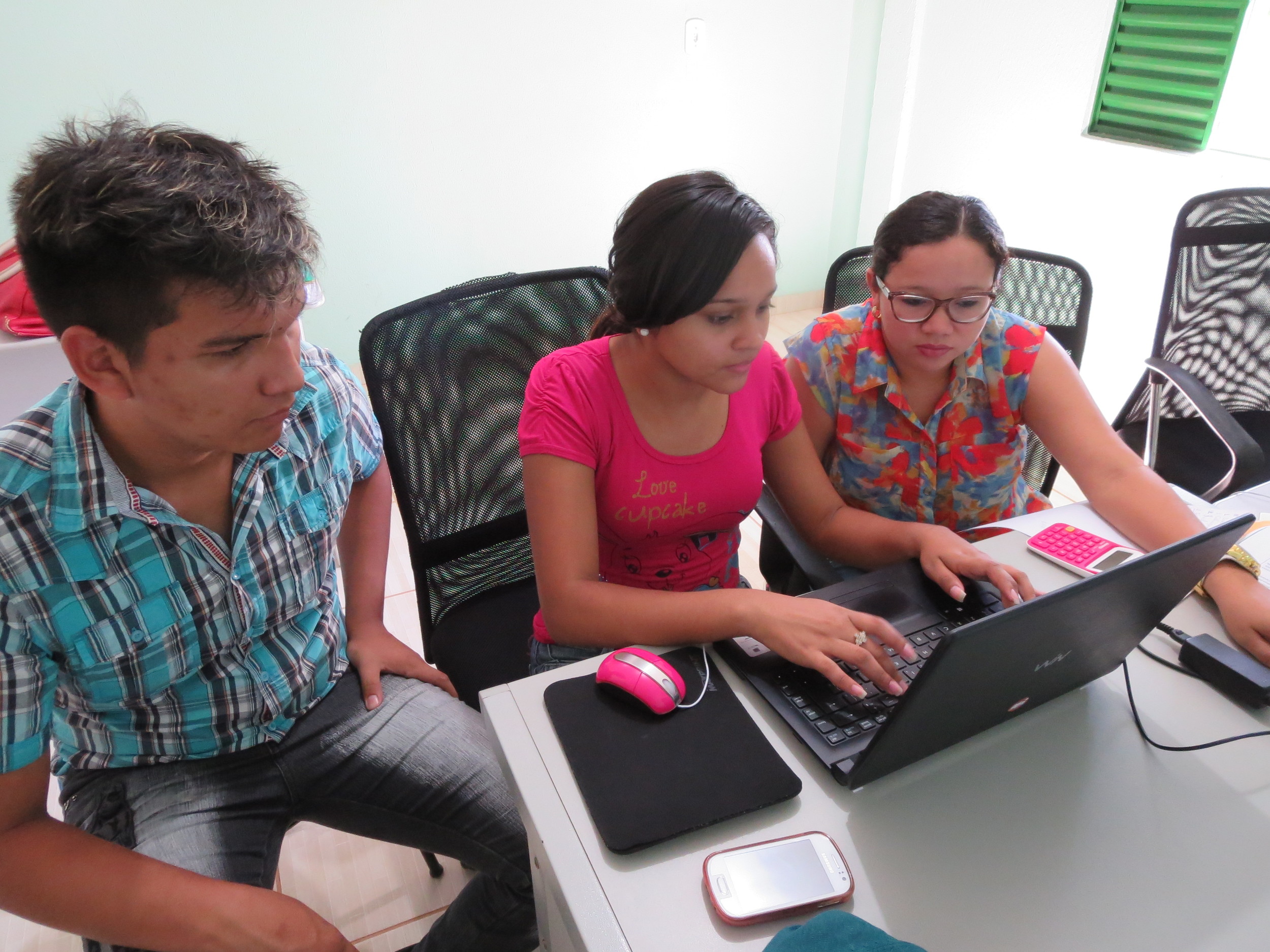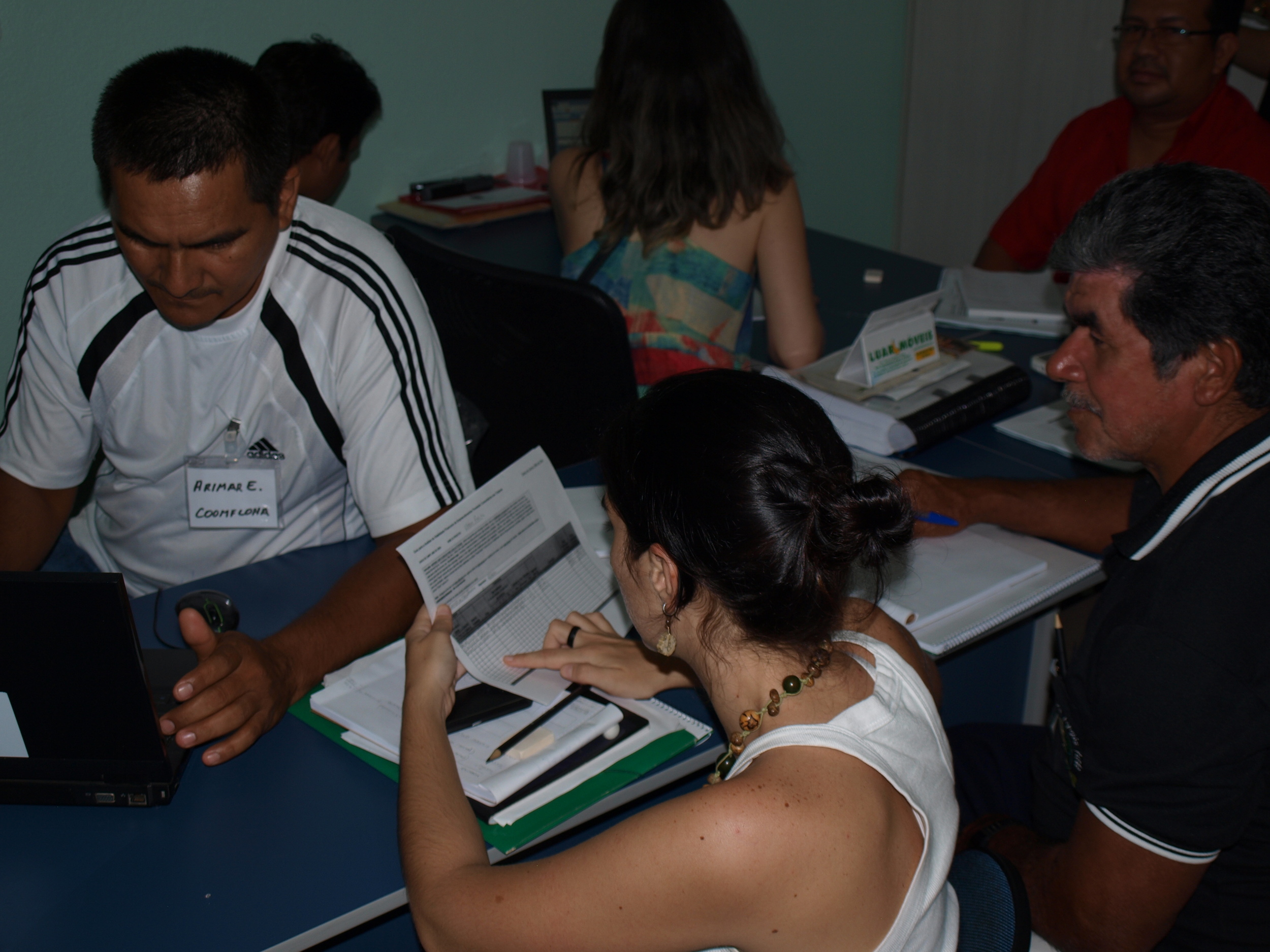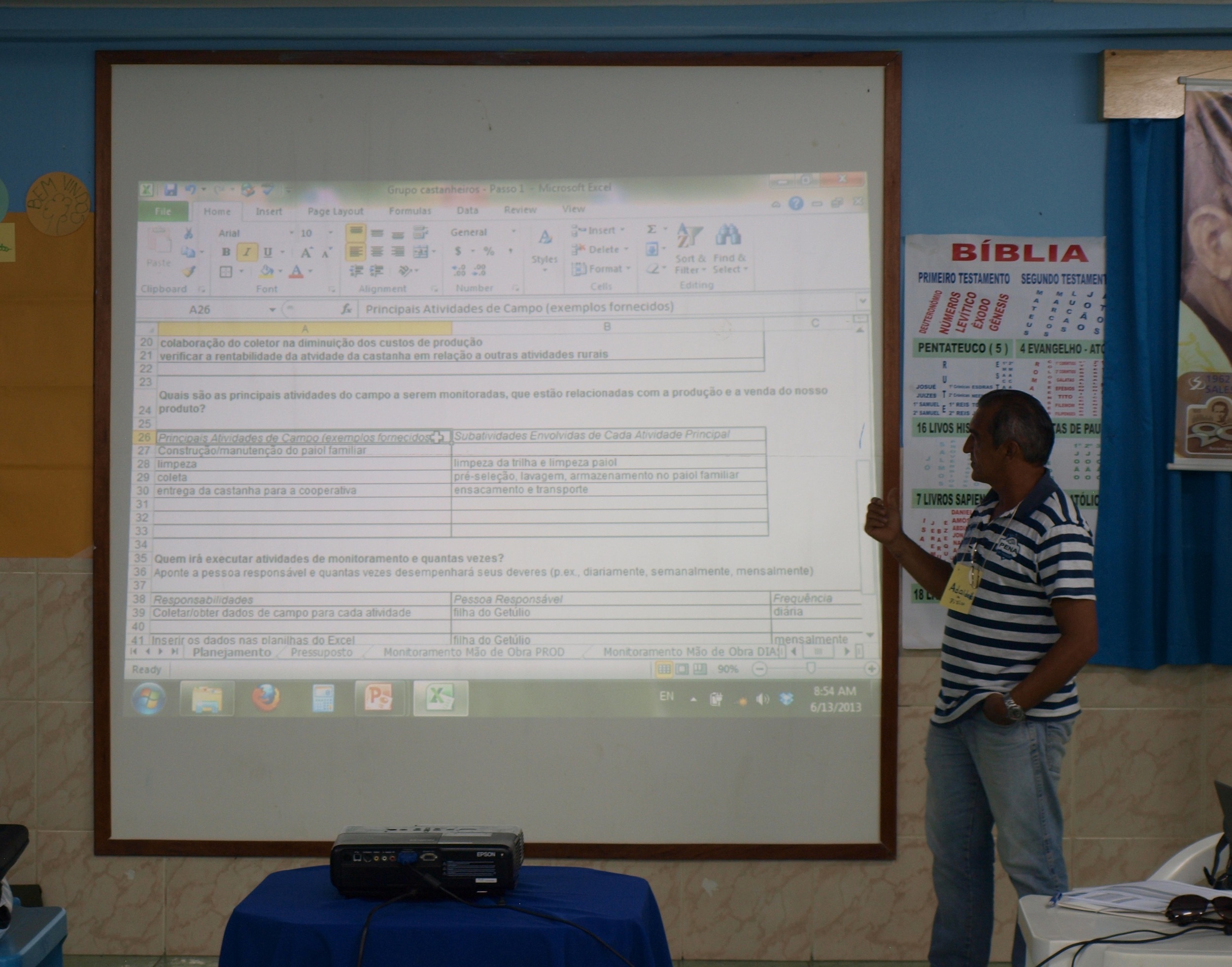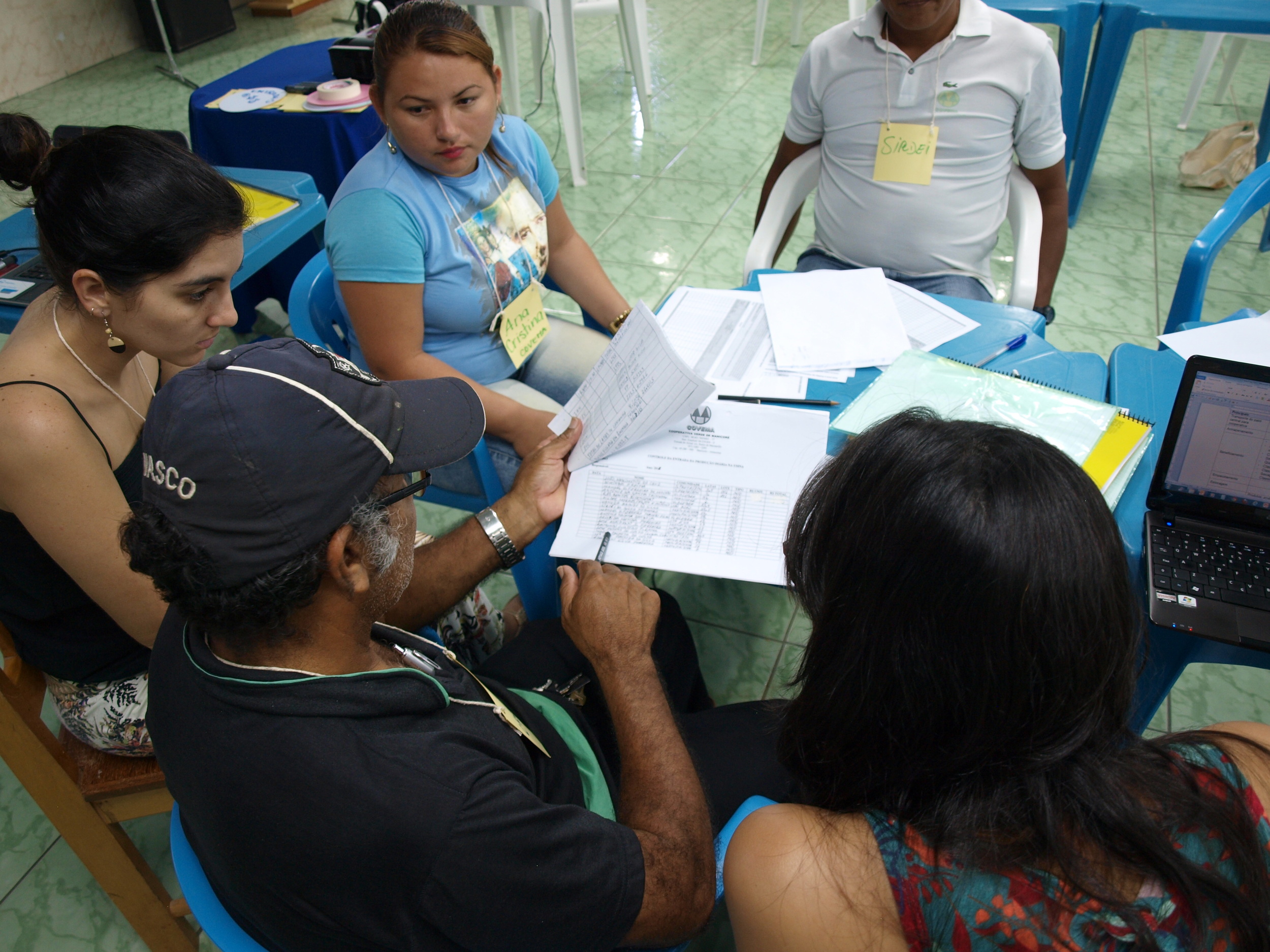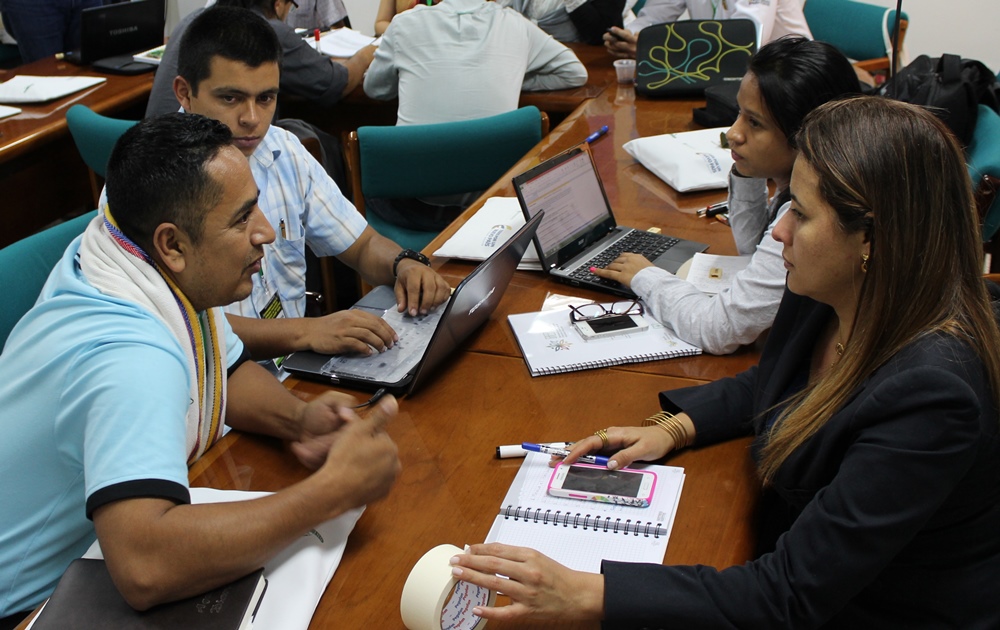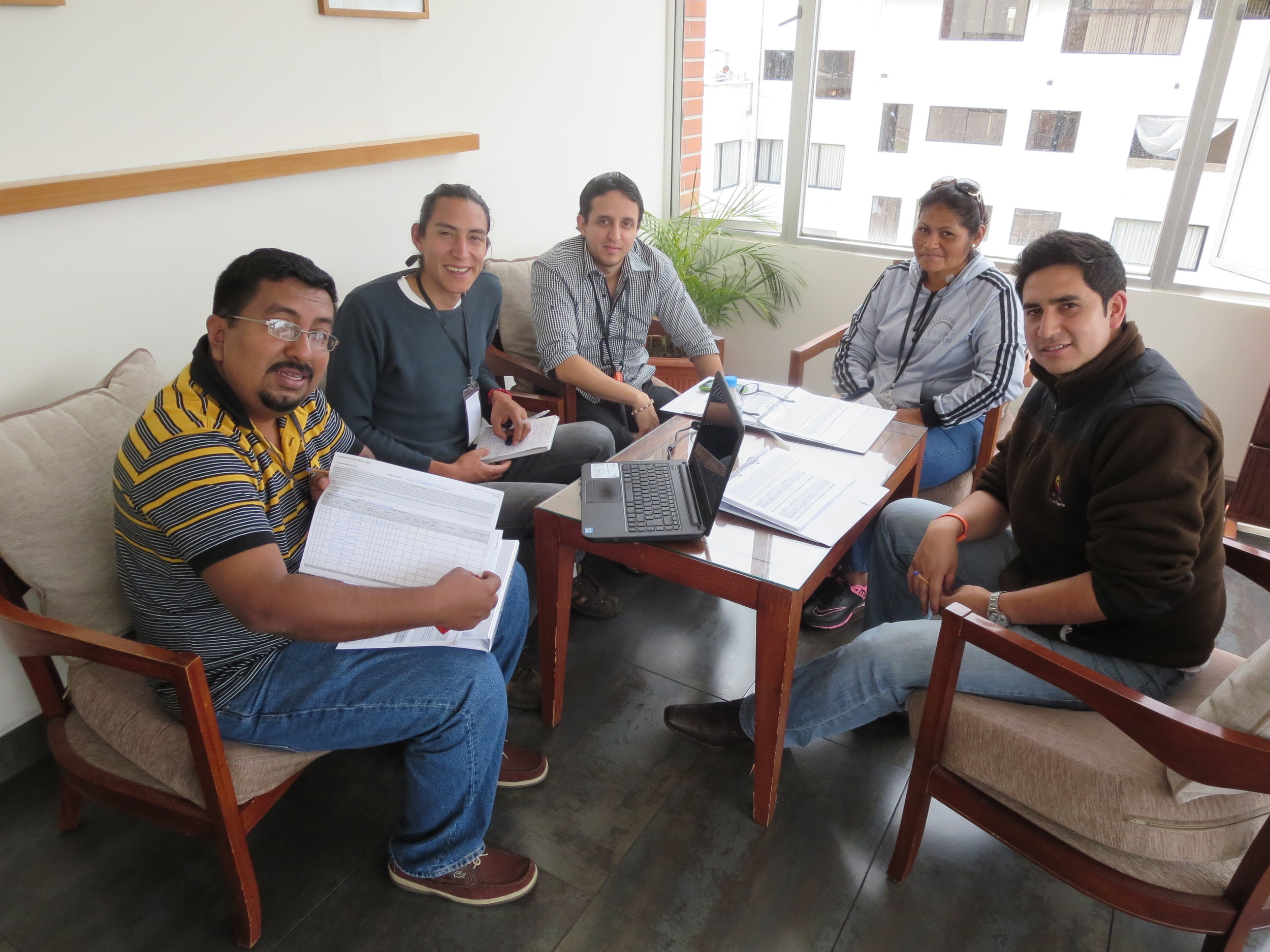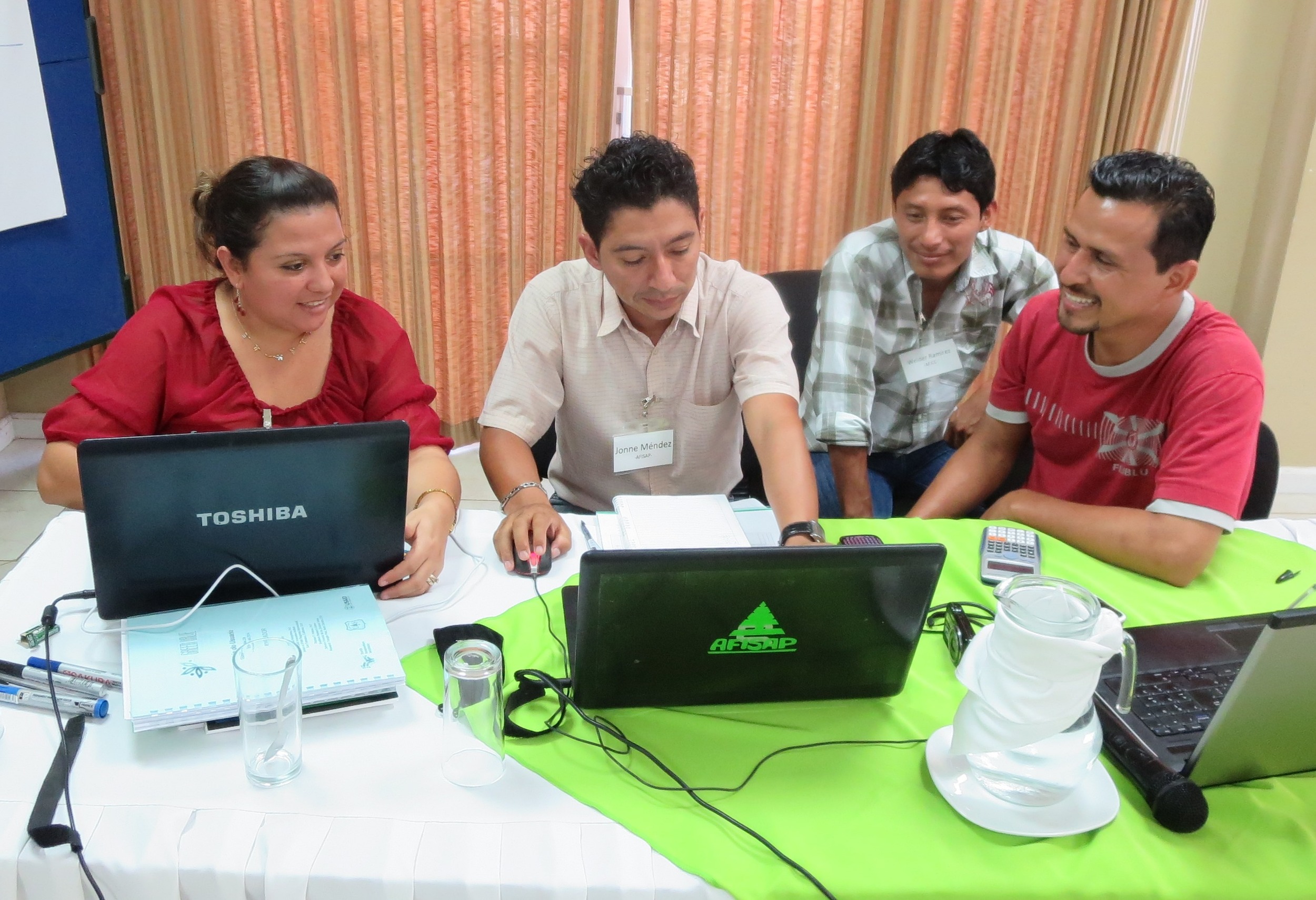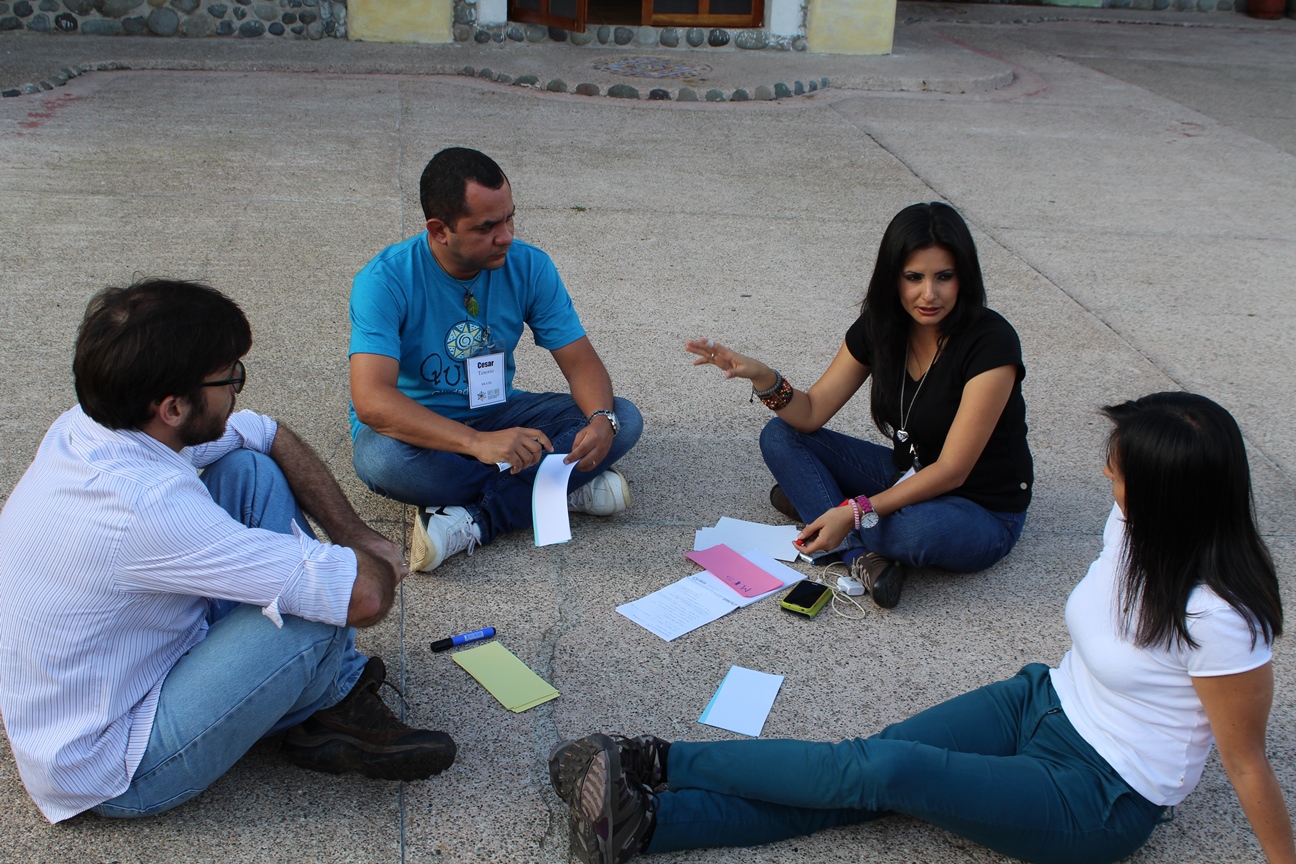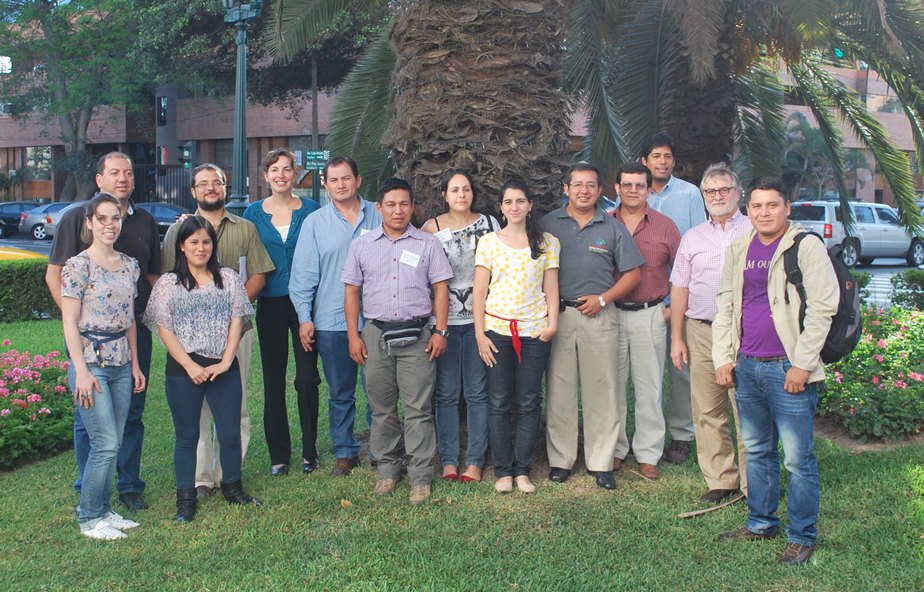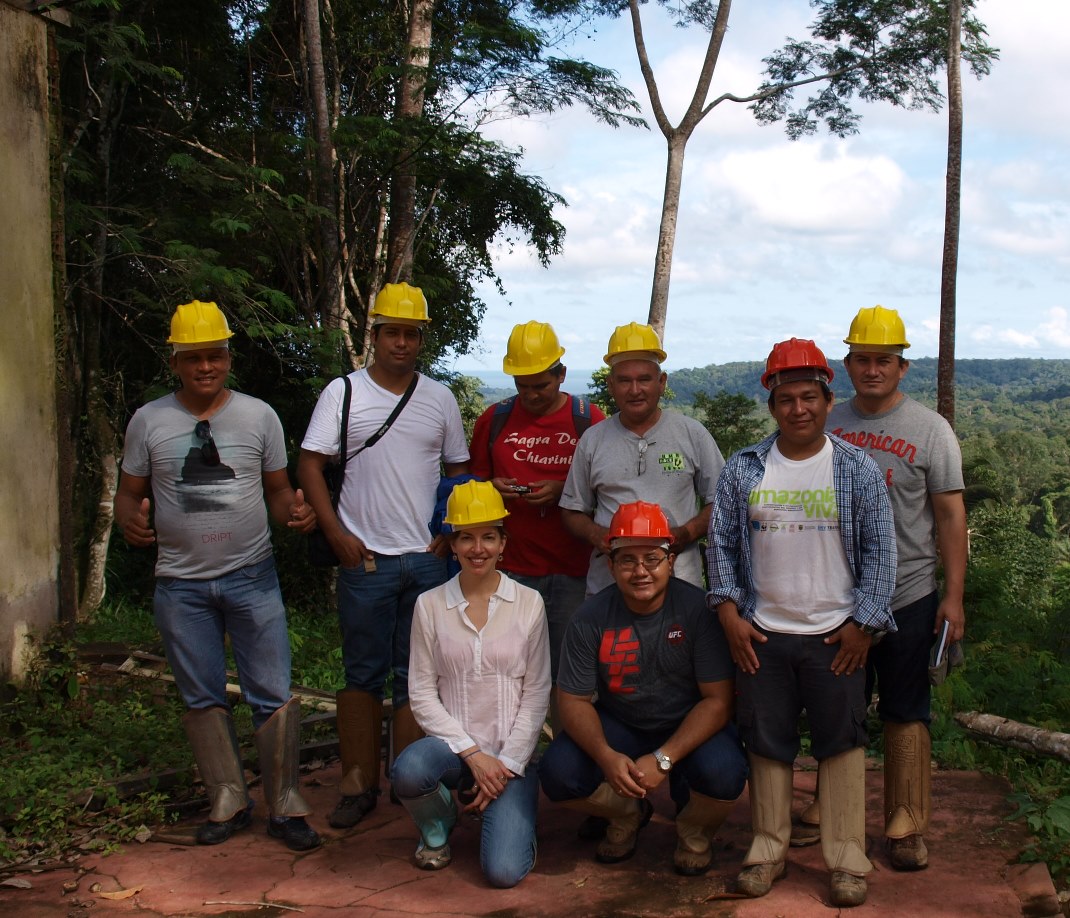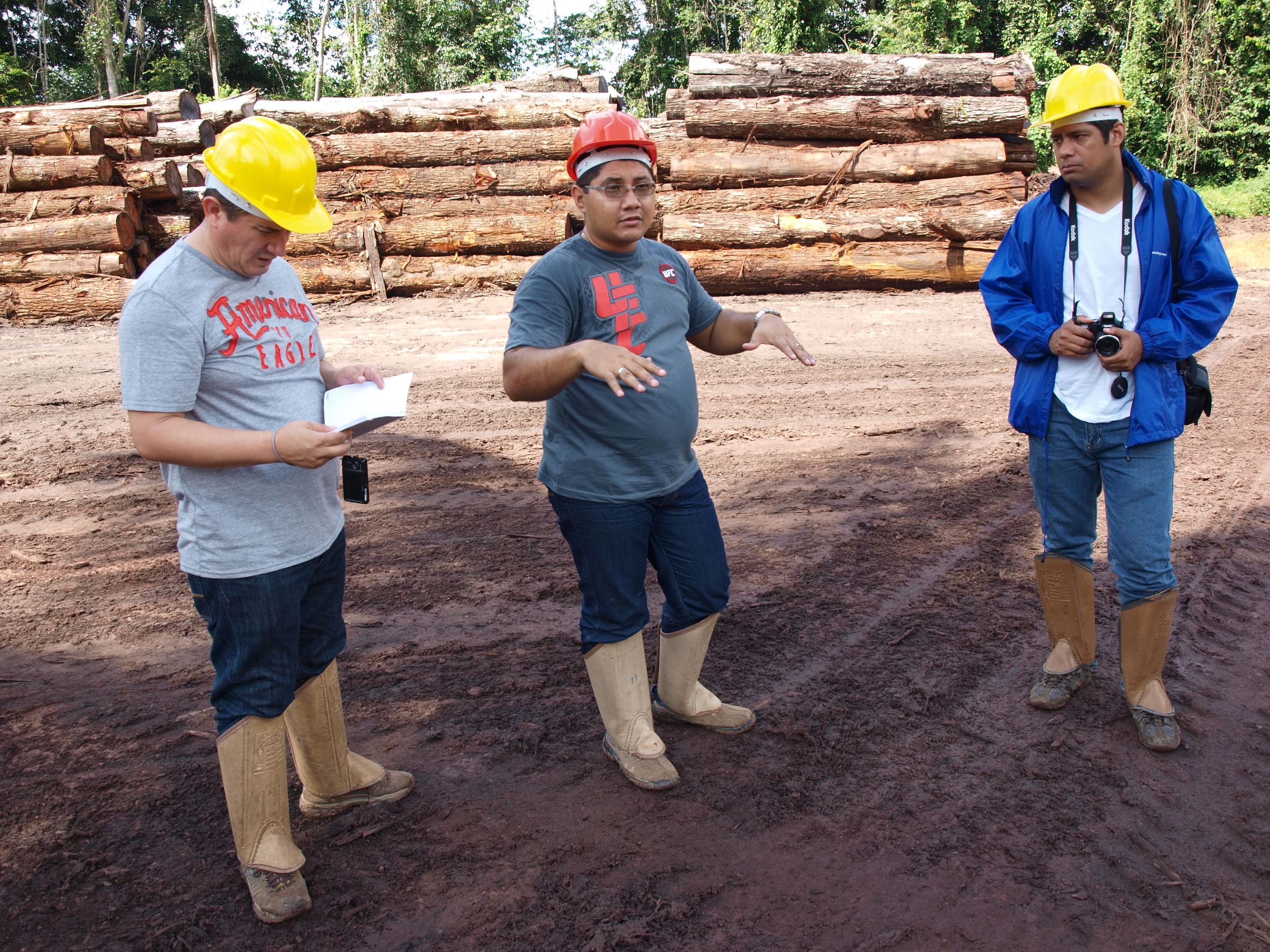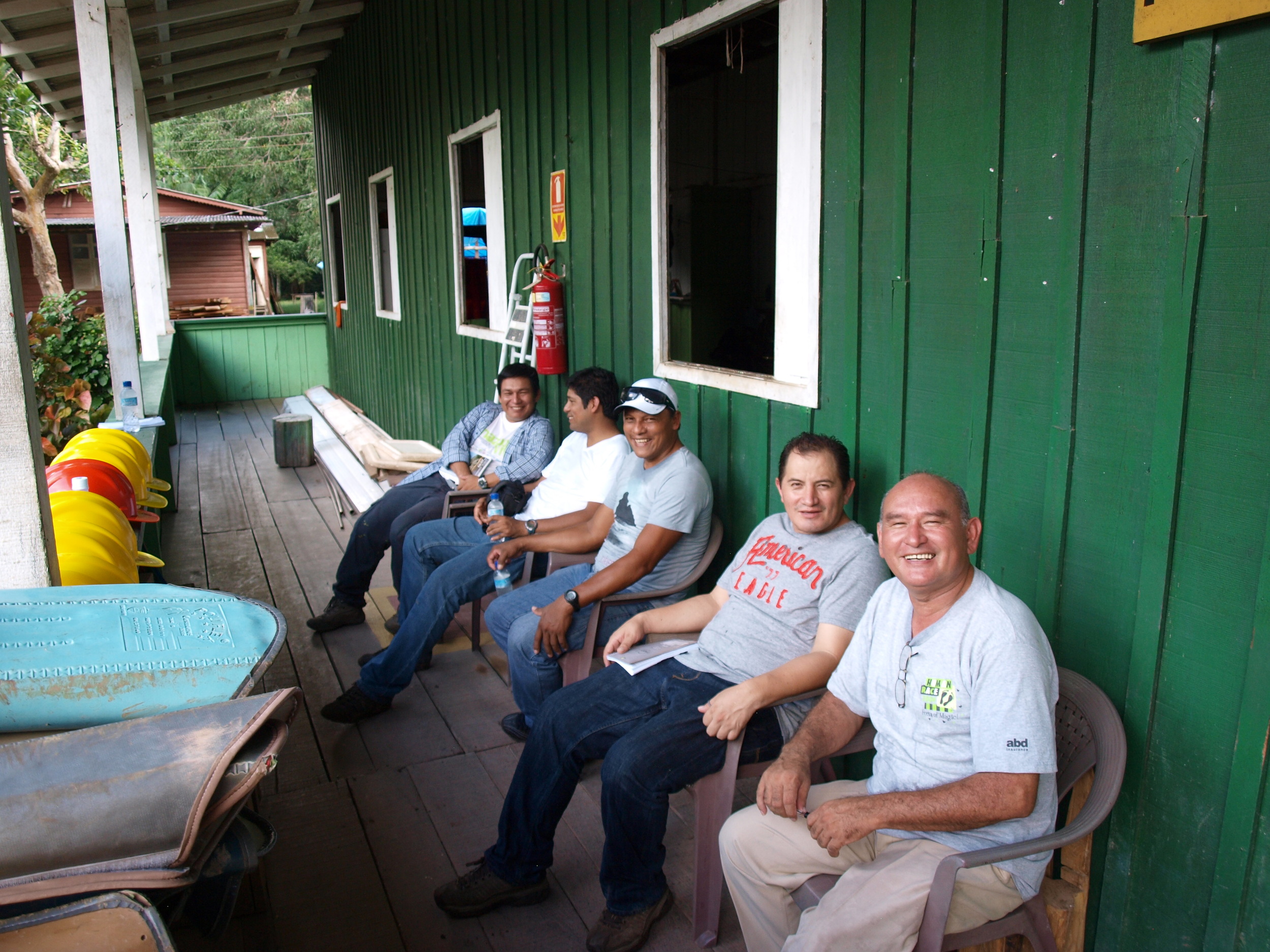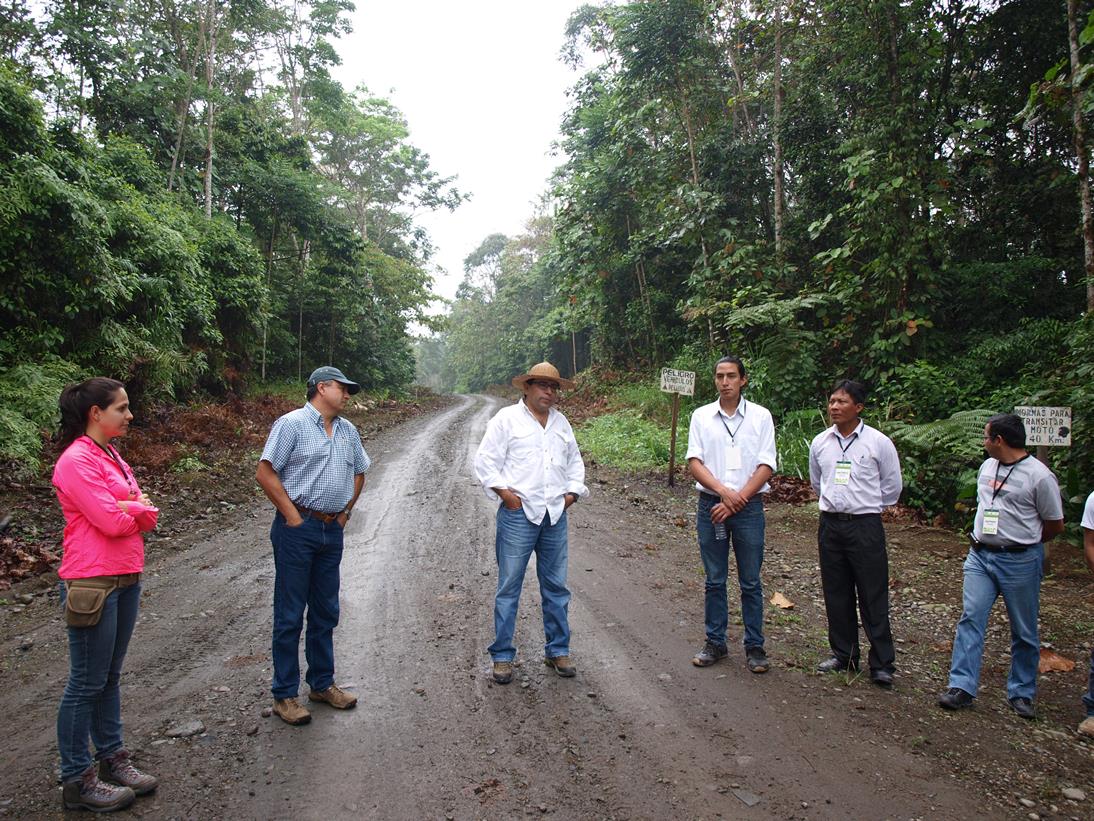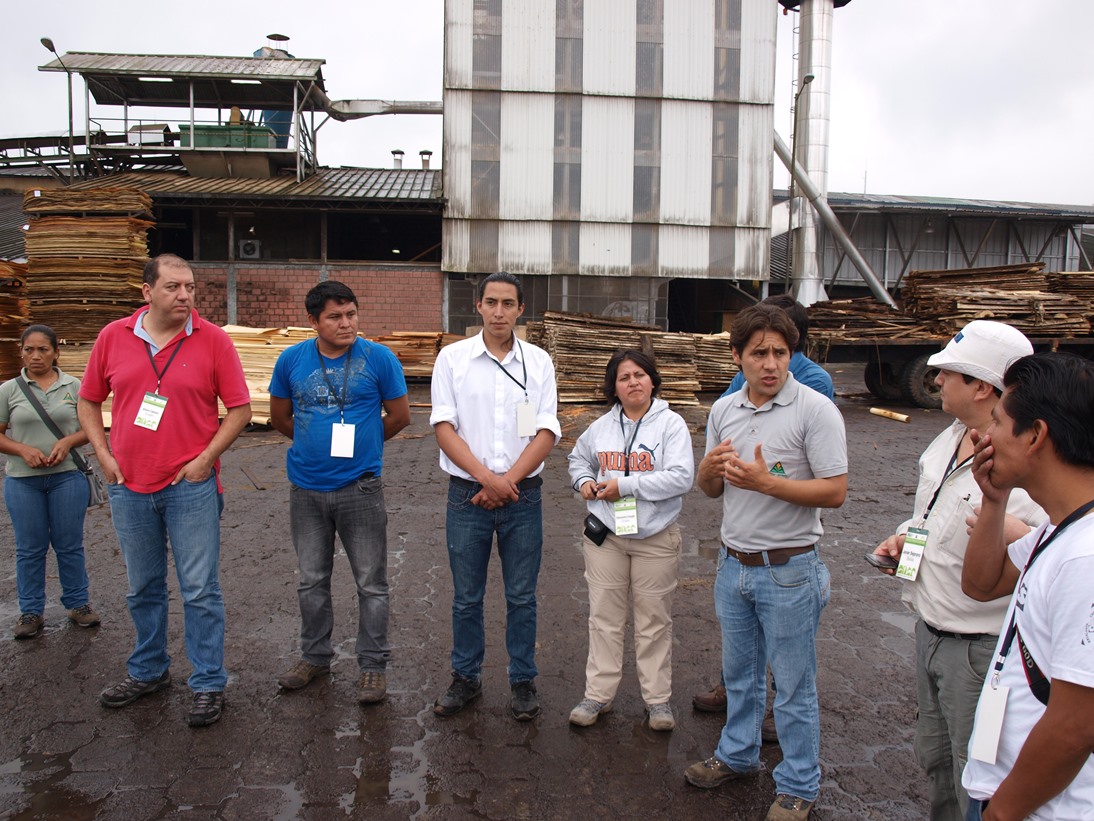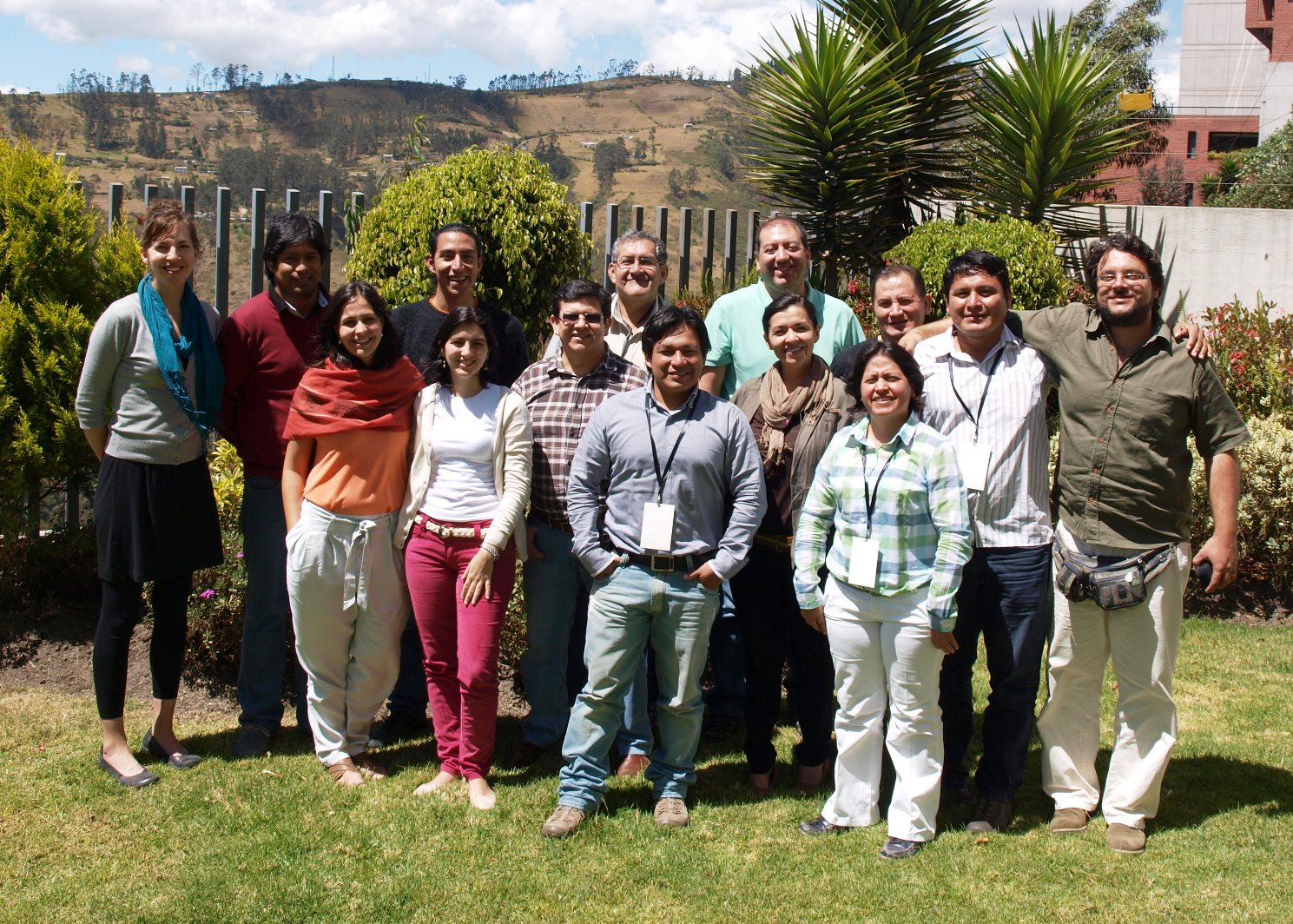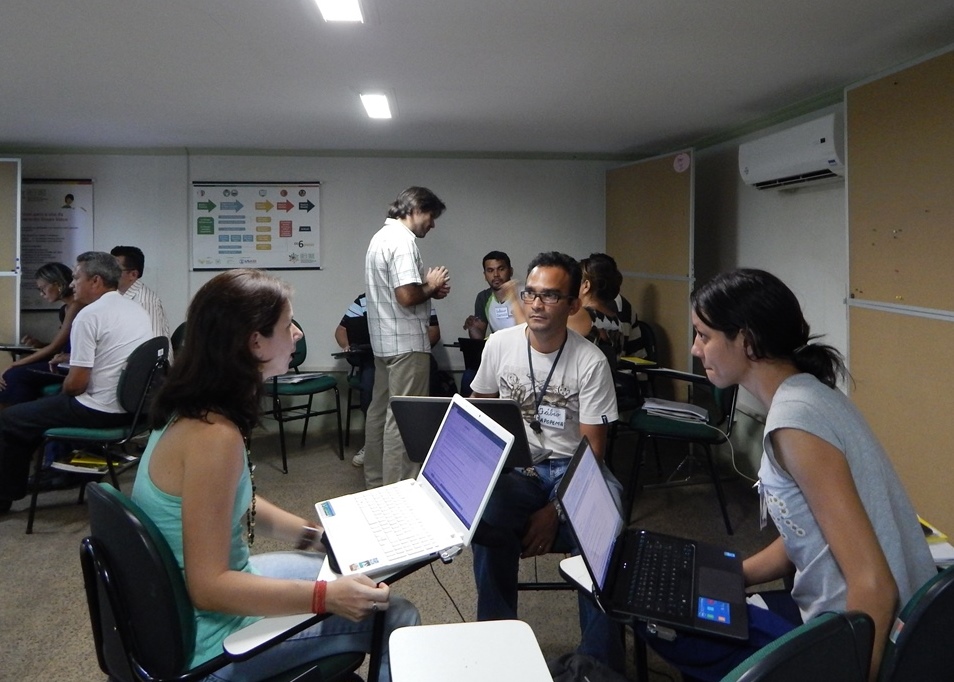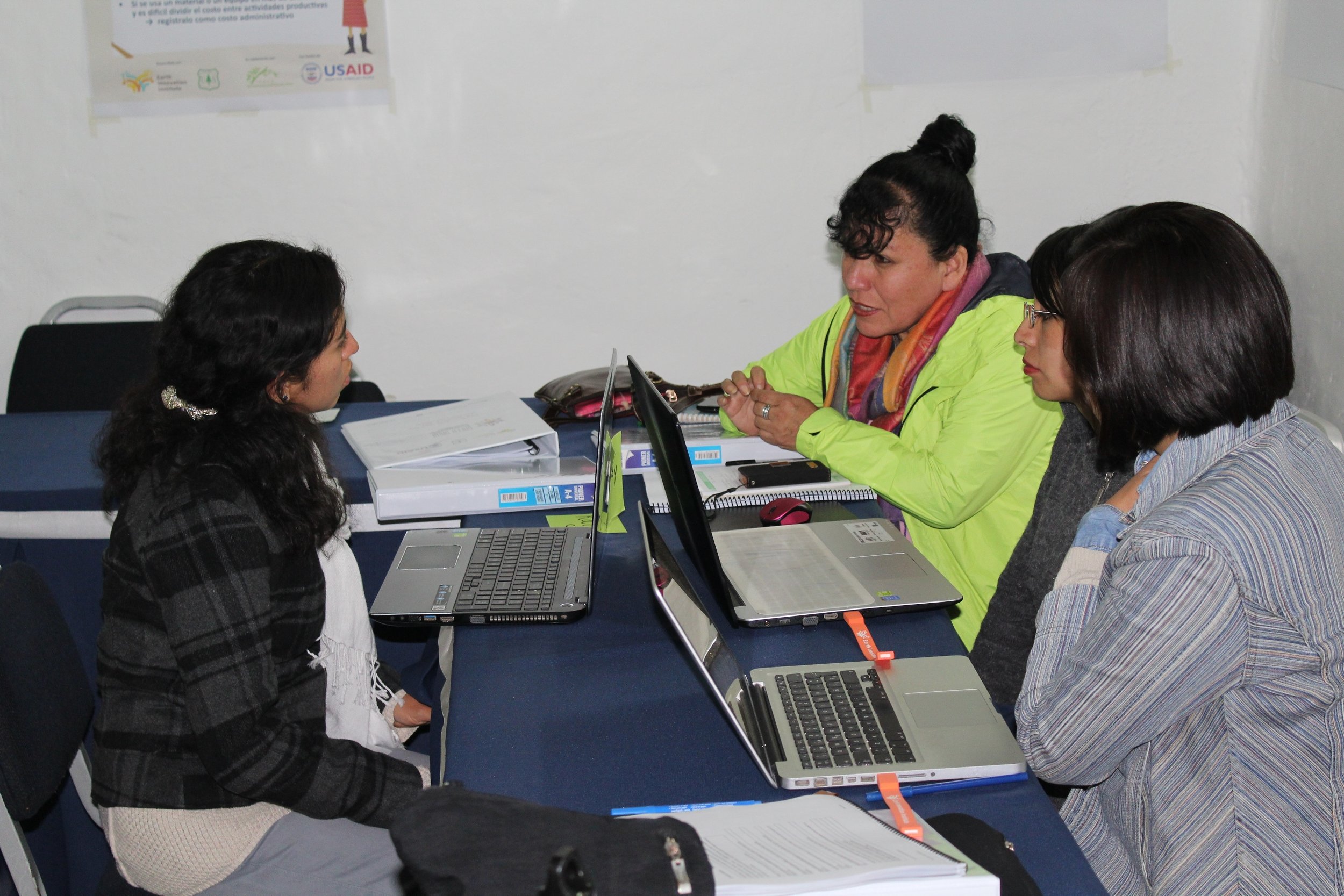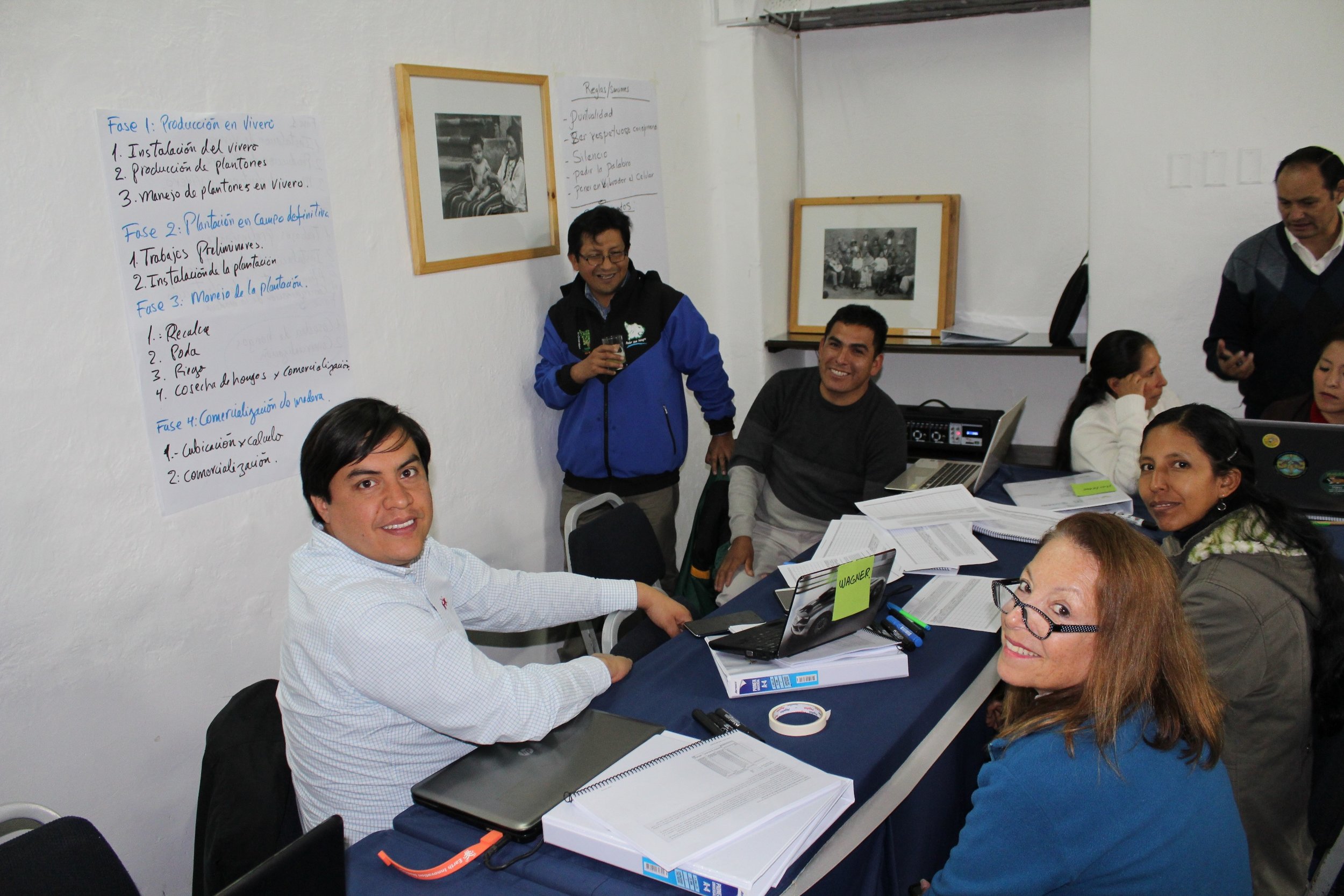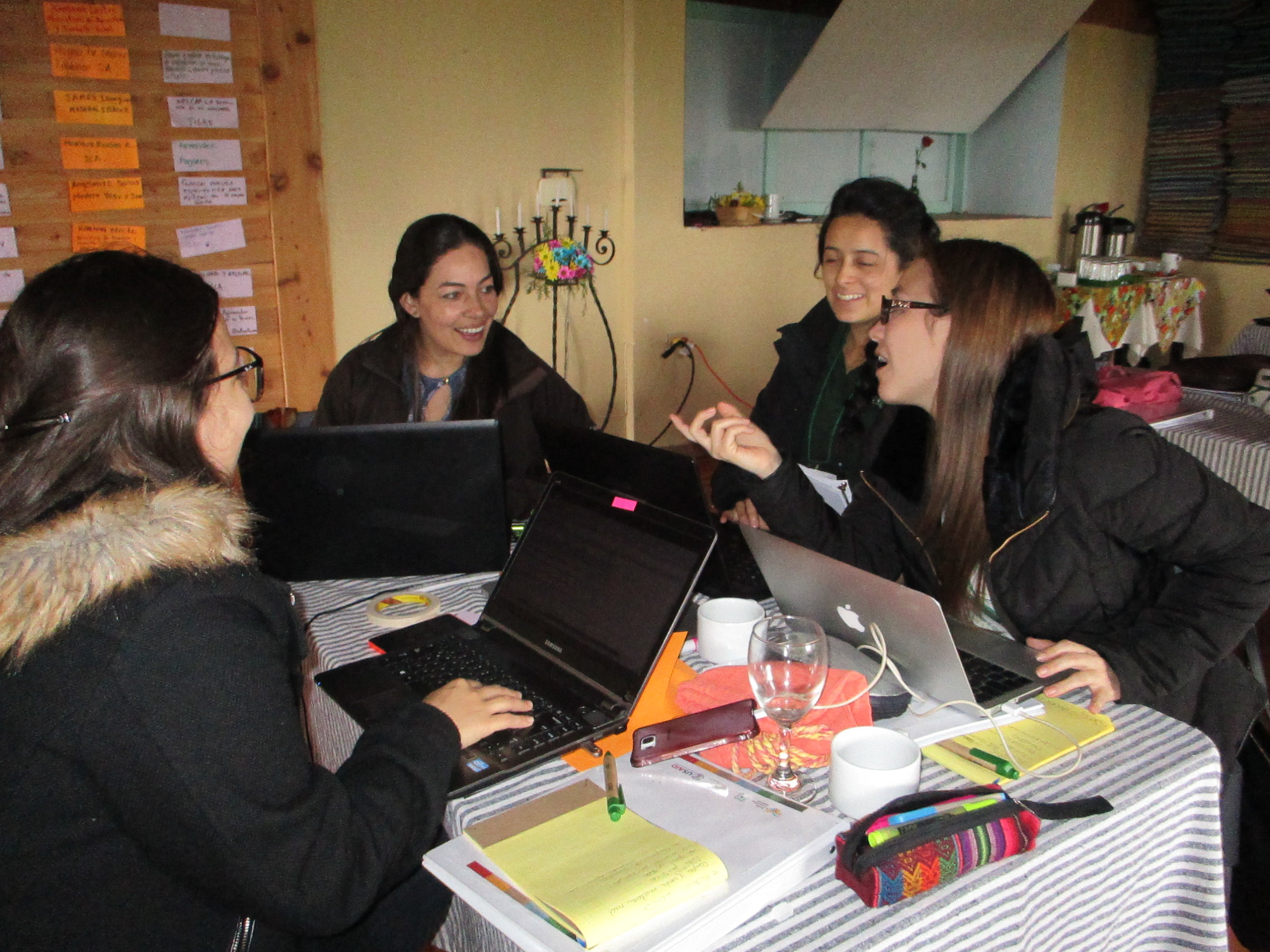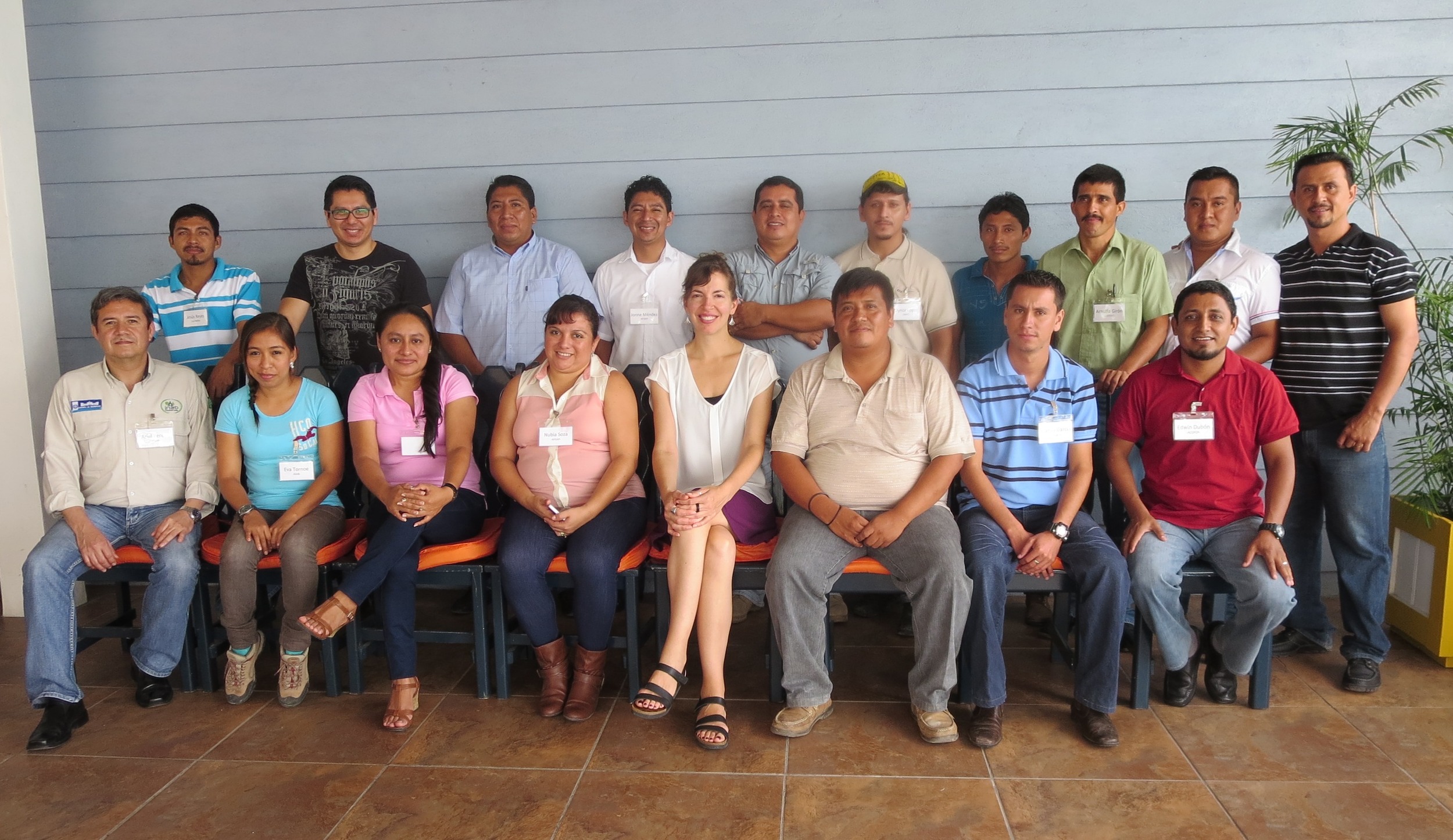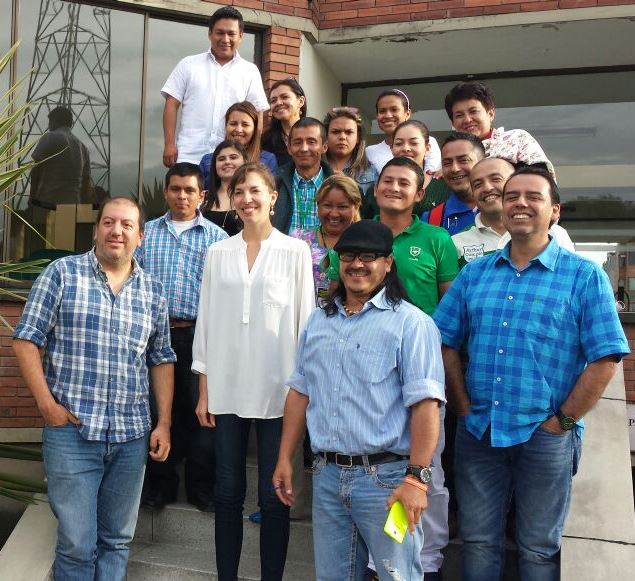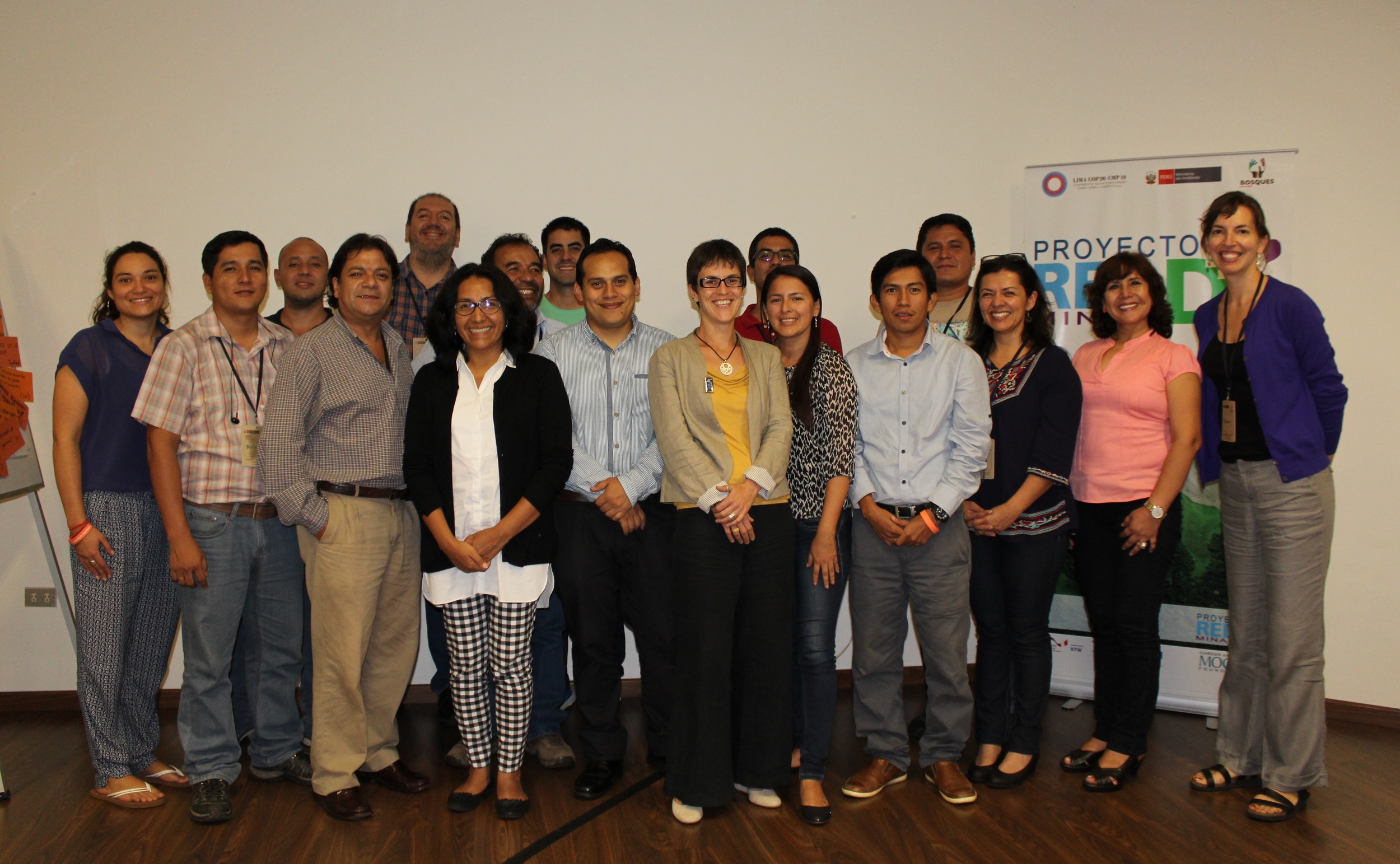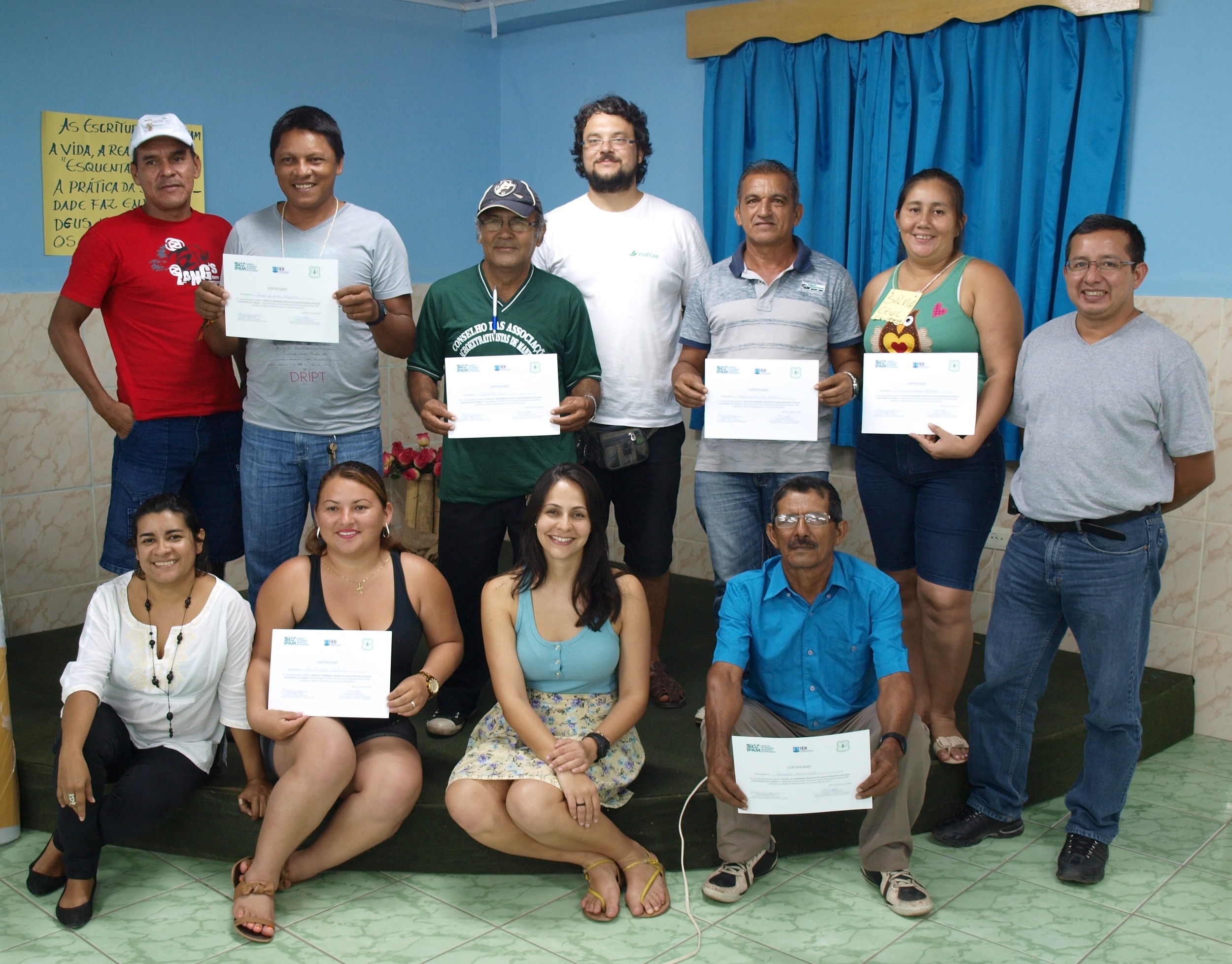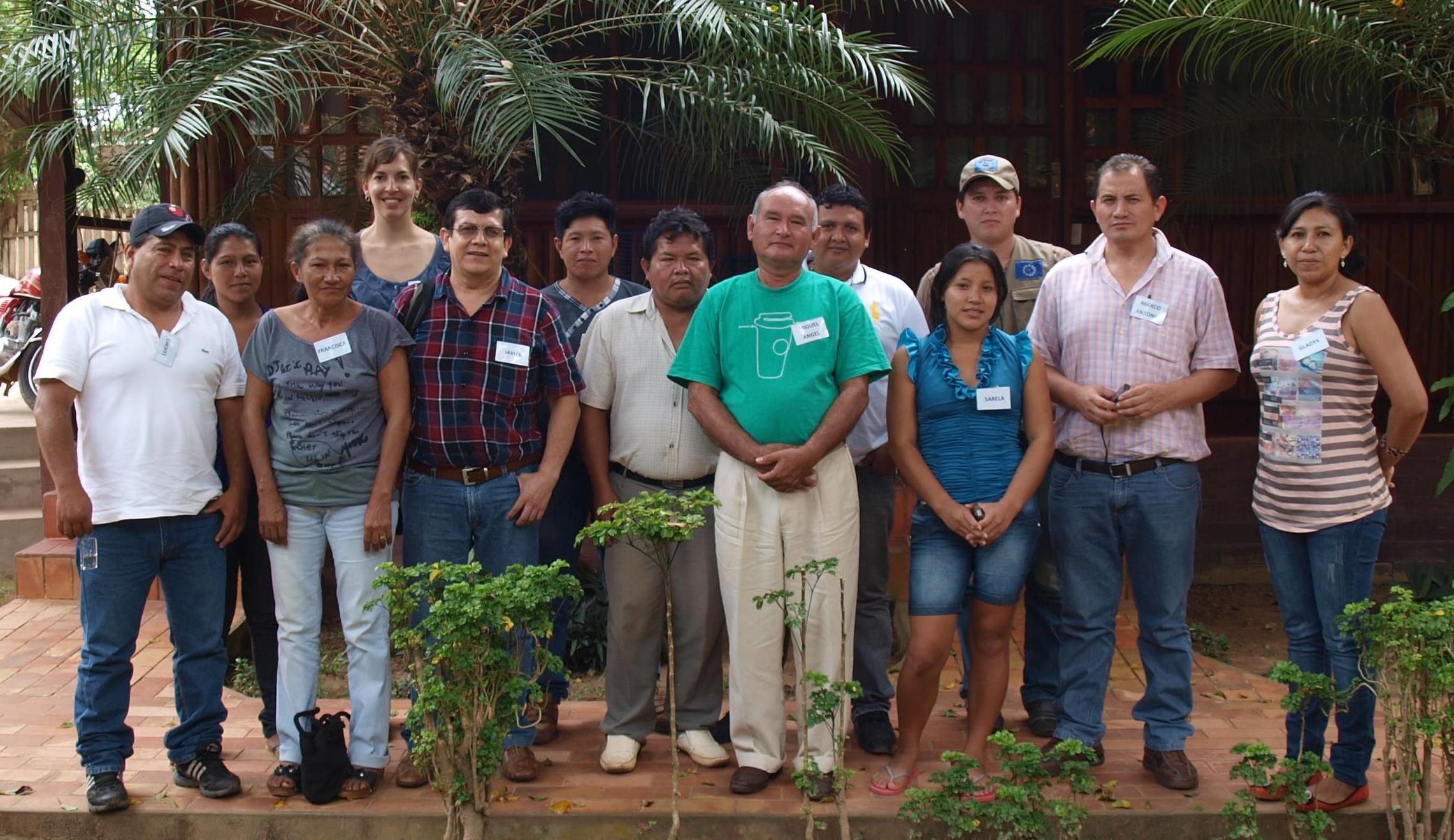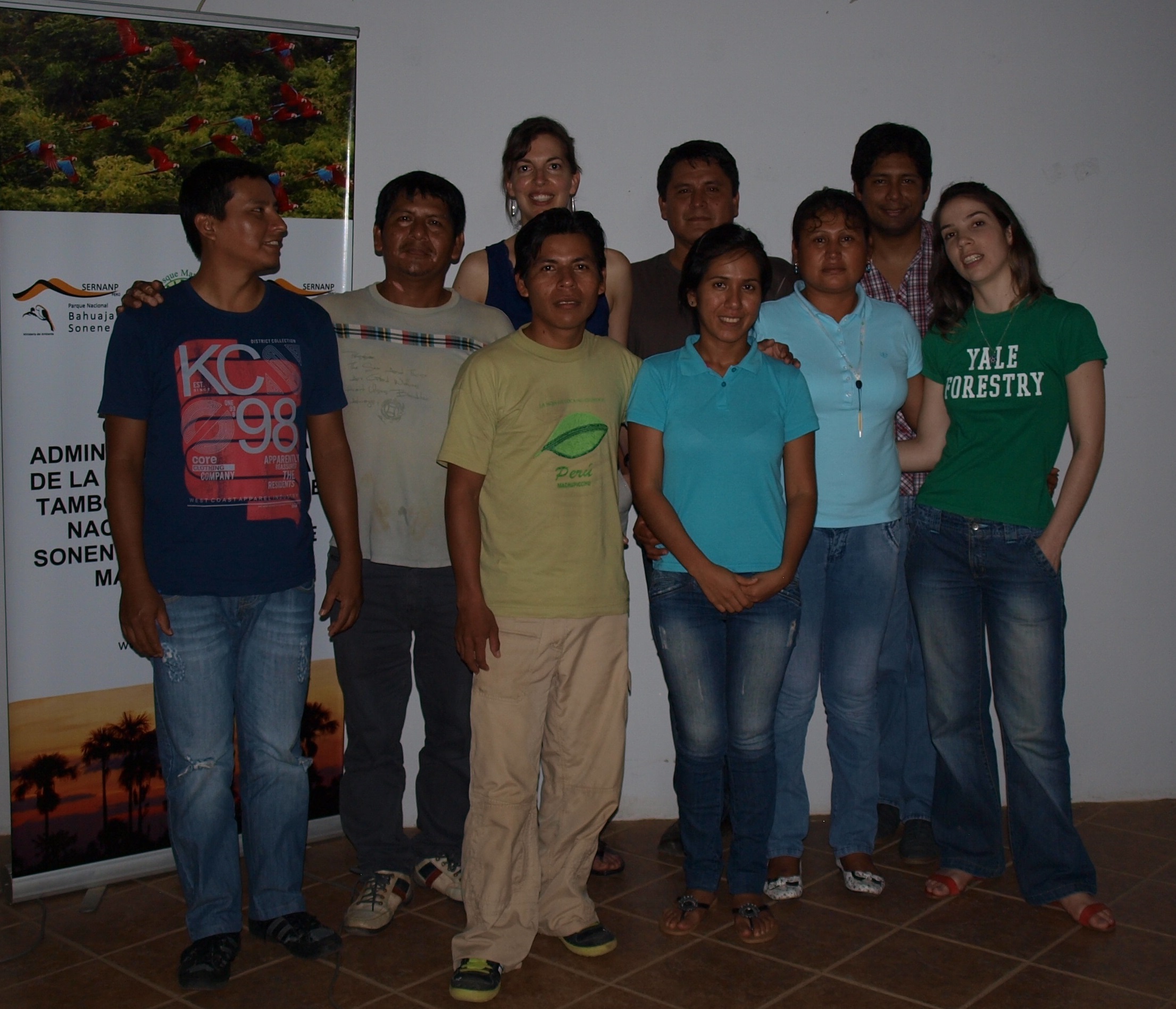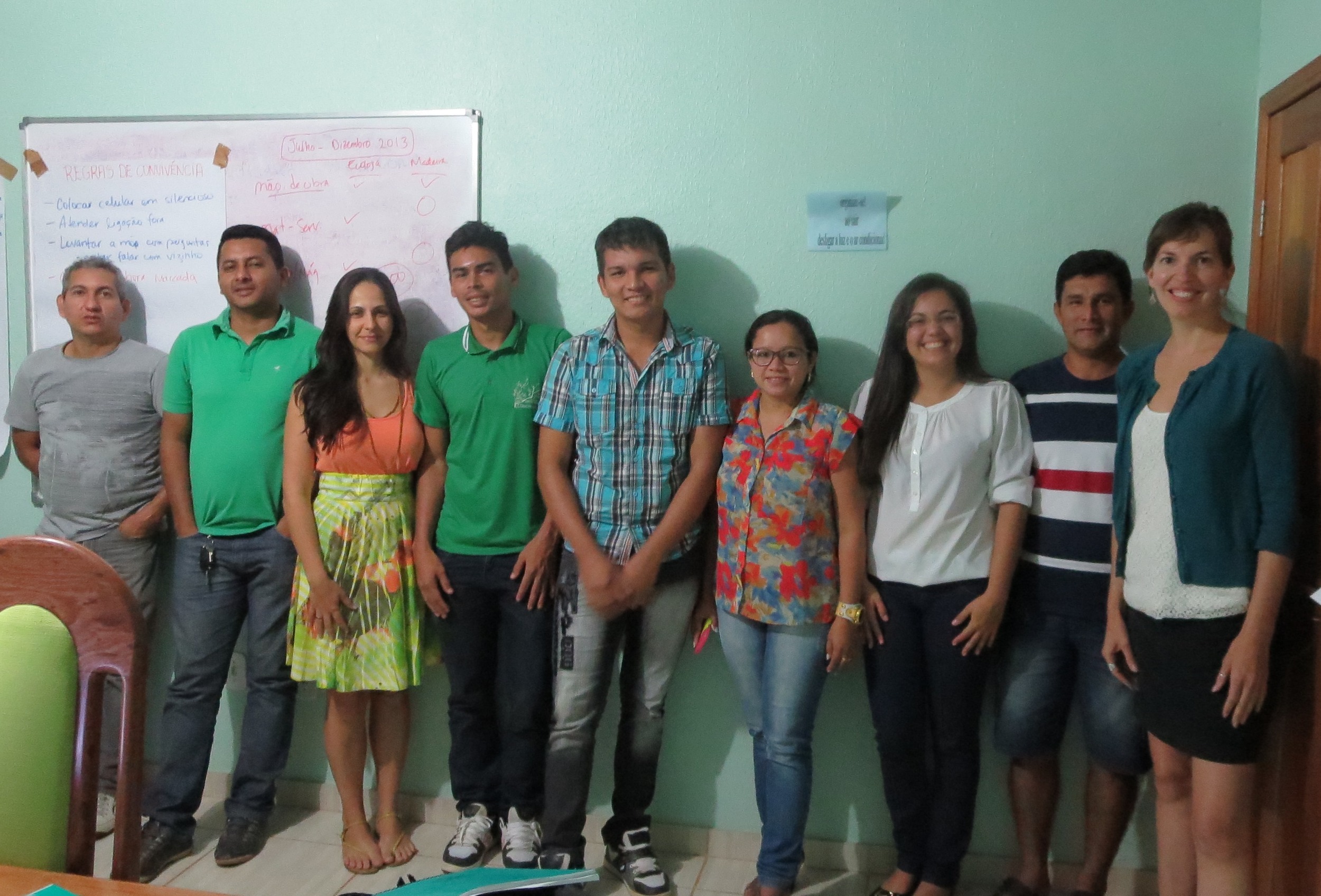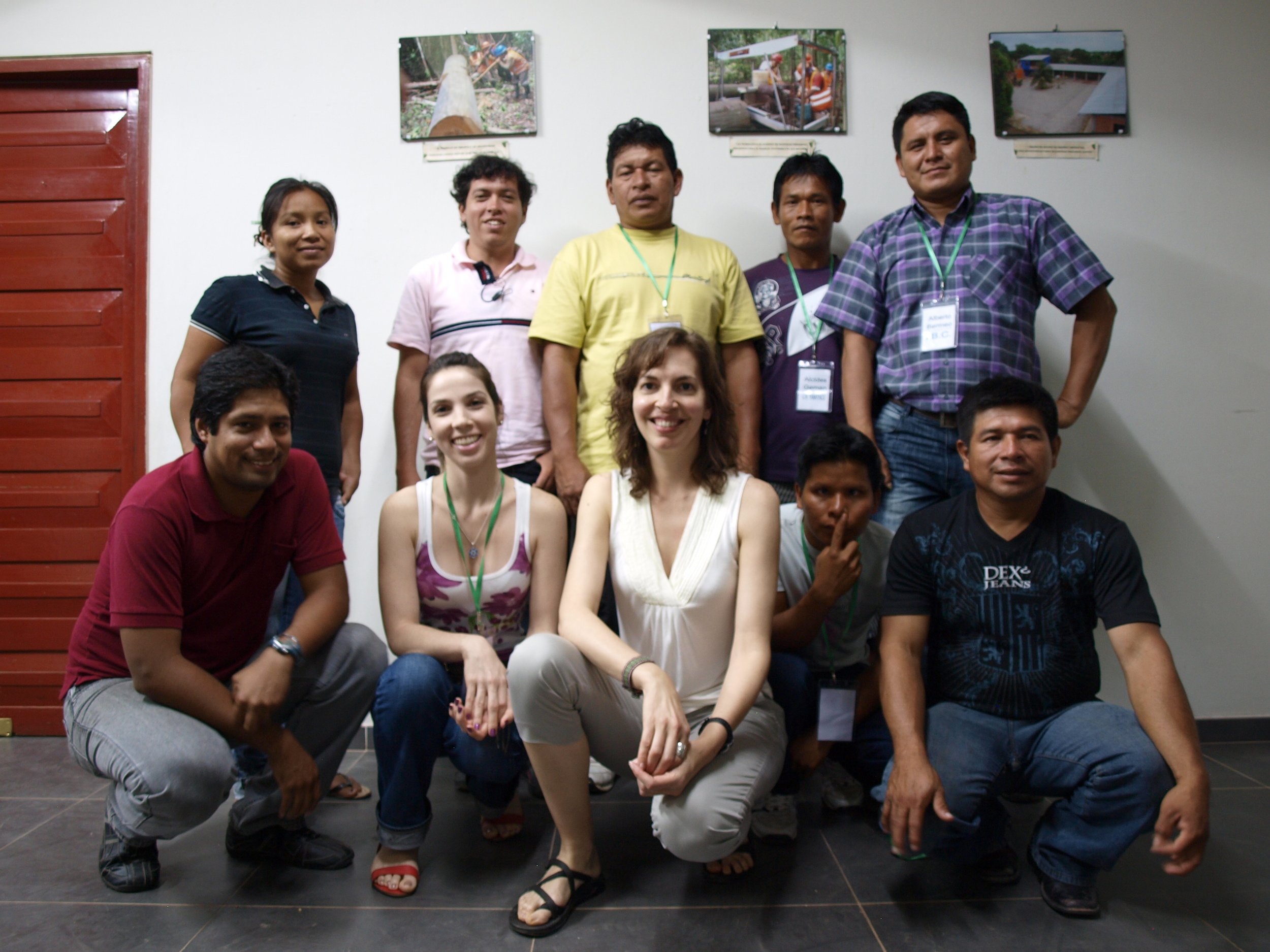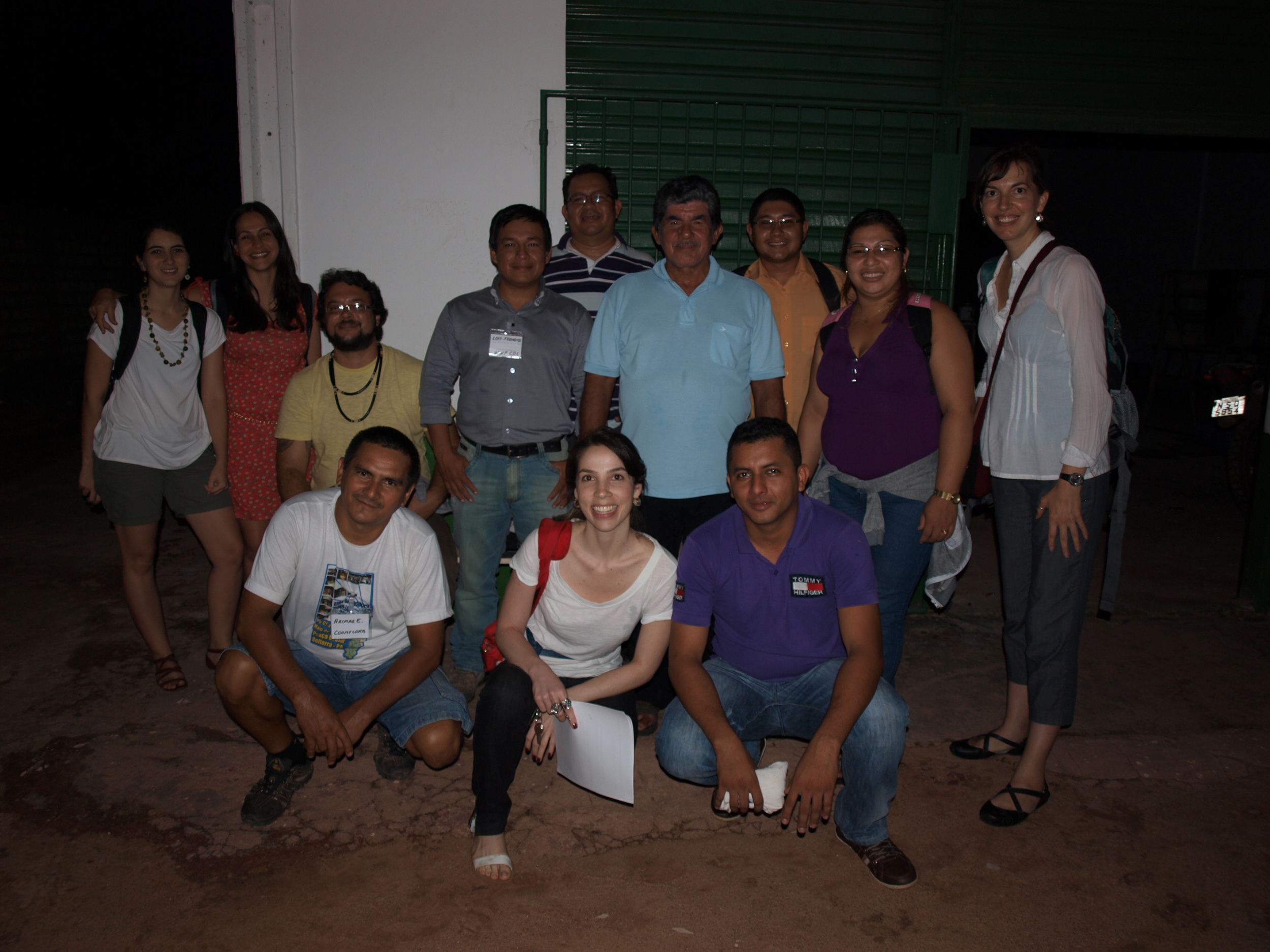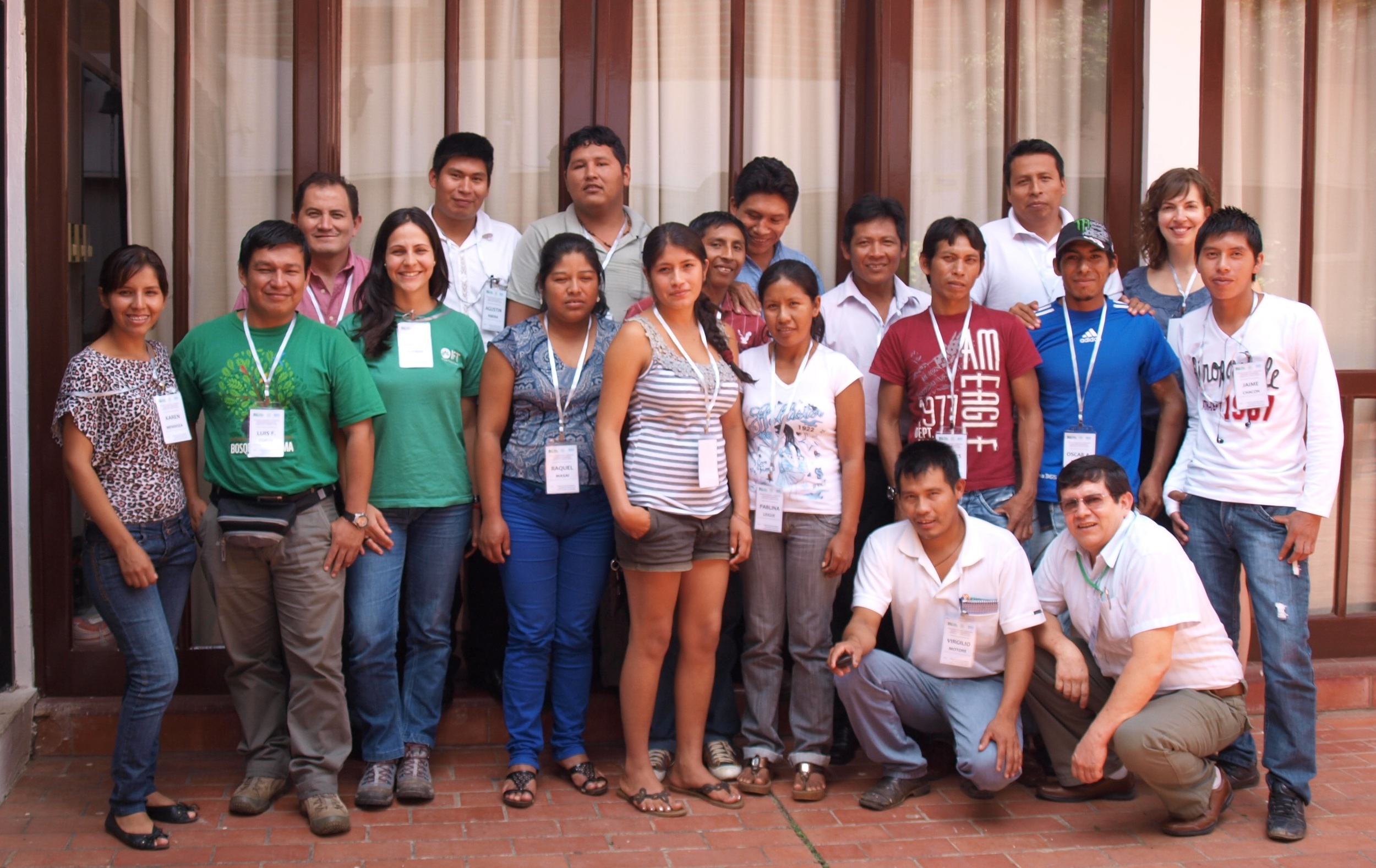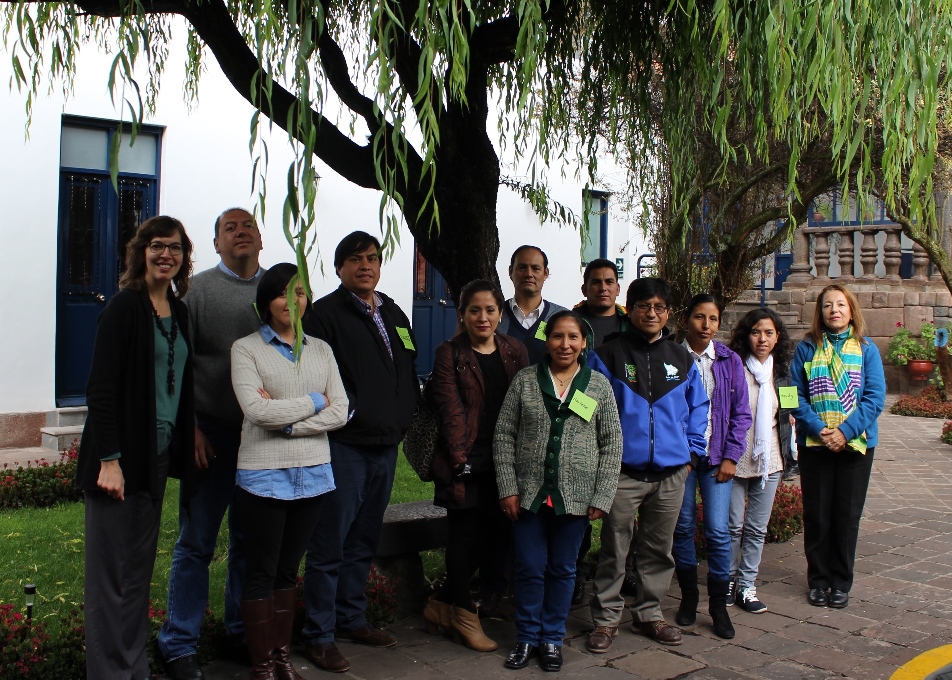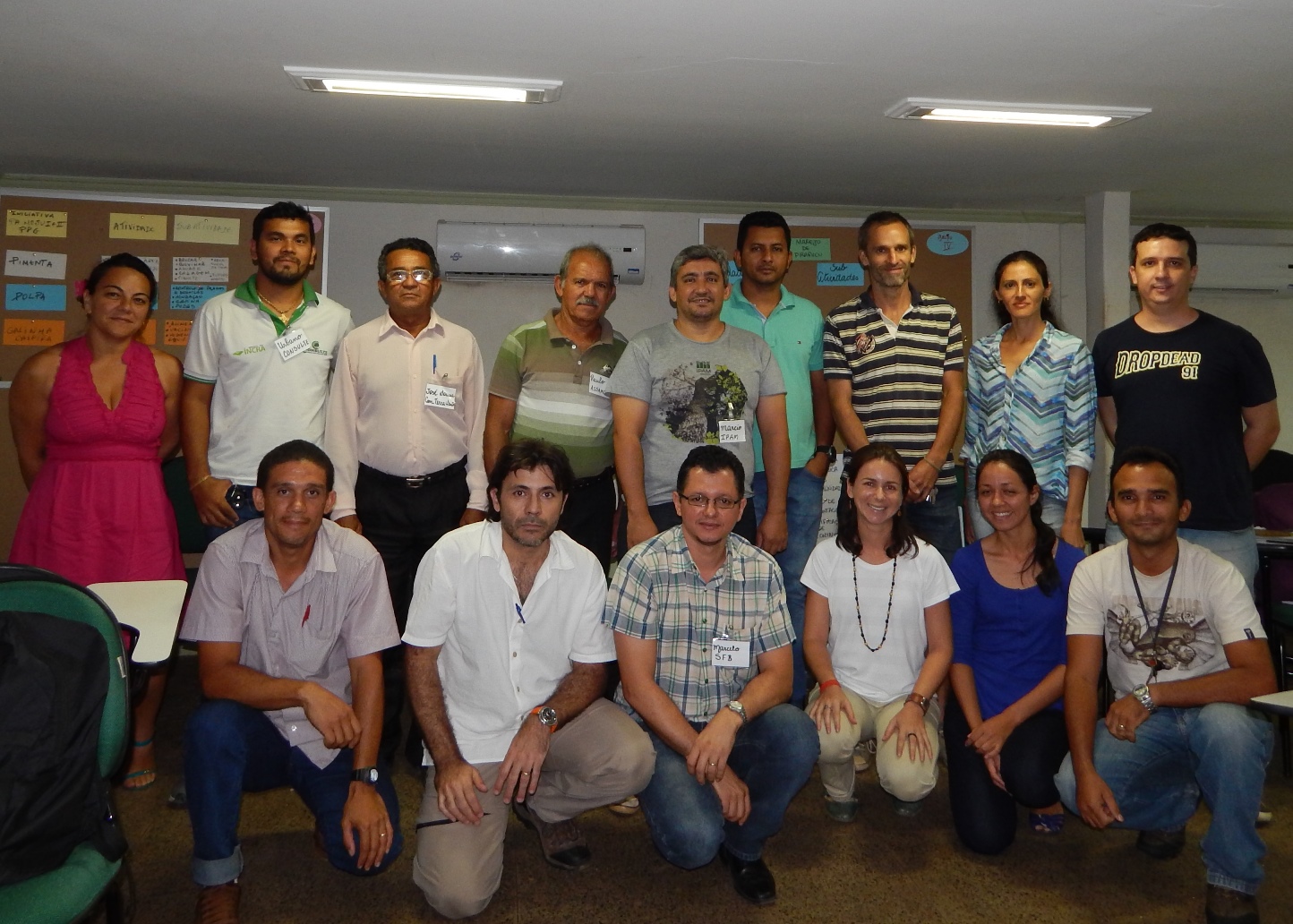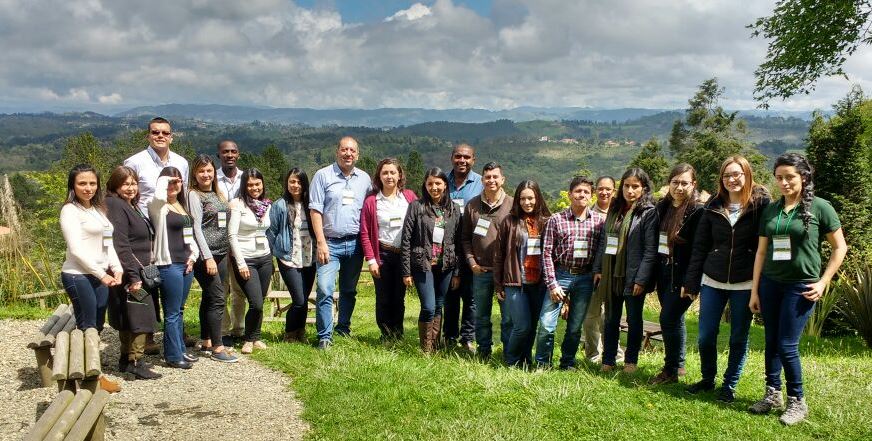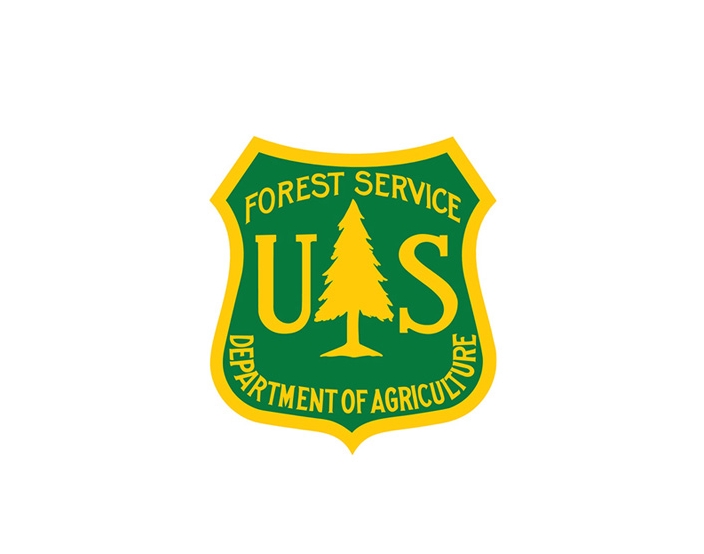Helping family and community enterprises meet their goals.
The Green Value Tool for Simplified Financial Analysis of Forest-based Initiatives (Green Value Tool) helps family and community initiatives (e.g., individual producers, private businesses, community enterprises, associations, cooperatives) monitor and evaluate costs and income, evaluate growth scenarios and make decisions, negotiate fair prices, improve financial management and transparency, and strengthen their long-term sustainability. The Tool was originally designed for community timber enterprises in Brazil, but has since been successfully used throughout Latin America, in Southeast Asia, and in Africa with initiatives selling a variety of products and services, including Brazil nuts, honey, agricultural products (coffee, mushrooms, livestock), wild fisheries, crafts, tourism, and environmental services.
Green Value Tool events in Bolivia, Brazil, Colombia, Ecuador, Peru, Guatemala, Democratic Republic of Congo (2010-2023)
WHAT IS THE Green Value TOOL?
The Green Value Tool provides a simplified methodology with six steps for monitoring and analyzing costs and revenues. It is comprised of a User's Guide and a series of pre-formatted worksheets (in spreadsheet software) for entering and analyzing financial data. The worksheets correspond to each of the six steps.
Users begin by defining their financial goals for the period to be analyzed, what information they will collect, and the responsibilities for collecting and entering this information in Step 1. Then in Steps 2 and 3, information is collected and entered by activity and by input category (labor, materials and services, machinery and equipment, and administration). Income information is also collected and entered in Steps 2 and 3. The worksheets for Step 4 are set up to automatically calculate subtotals per type of input and per activity. In Step 5, a summary worksheet brings all of the costs and income into one table and provides results for several indicators, including total cost per activity, total cost per input category, the overall cost, the cost per unit sold, total income, net income, and rate of return. Additional worksheets for Step 5 include one that automatically generates several graphs based on the results in the summary worksheet and another for sensitivity analysis. The Step 6 worksheet provides suggested questions to lead a discussion of the results and next steps.
A Green Value Tool Facilitator’s Kit is also now available. This kit consists of a Facilitator's Guide with recommendations for how to organize and run a Green Value Tool workshop, as well as presentations, quick reference sheets for each of the six steps, and posters.
“[The Green Value Tool] helped us to focus on our product and really quantify its true value. ”
Who is the green value tool for?
The target users of the Green Value Tool are people who work with any kind of small or medium enterprise, such as forest enterprises, farms, fisheries, REDD initiatives, or tourism companies. Enterprises can range in size from individual producers or small family production systems to medium-sized businesses to large cooperatives. Extension agents, administrators, technical staff, consultants, and representatives of non-governmental and governmental organizations are examples of professionals who have found the Green Value Tool beneficial to date. In addition, the Green Value Tool may be very useful for professors, students, researchers, donors, and lenders.
Participants in Green Value Tool workshops
HOW HAS THE GREEN VALUE TOOL BEEN USED TO DATE?
The Green Value Tool has been used to improve the financial viability and benefits of family livelihood strategies and community enterprises around the globe. This has been done directly through trainings in the Green Value Tool with representatives of families and enterprises and their partners, including governmental agencies, non-governmental organizations (NGOs), and consultants, and by organizations using the tool in their work with families and enterprises, as well as indirectly through research by scientists and students seeking to improve understanding of the financial challenges and potential benefits of different livelihood and business models, share lessons learned, and advocate for improved policies and programs.
Researchers are using the Green Value Tool to study the costs and benefits of a variety of types of production models. Examples include the use of the Tool by the US Forest Service to analyze community forestry in Tanzania and by a graduate students to analyze coffee production in Honduras and palm fruit collection in Peru.
IS THE GREEN VALUE TOOL HAVING AN IMPACT?
Follow-up surveys of workshop participants have found most respondents have used the Green Value Tool to analyze costs and income for diverse products and services. In addition, many respondents have trained others in how to use the Green Value Tool. Impacts identified as a result of using the Green Value tool include:
· improved monitoring of costs and income
· improved transparency
· reduced costs
· improved income
· improved profitability
· improved decision-making
· reduced conflicts
· improved financial viability.
“I will continue using [the Green Value tool]. It helps me analyze costs and know where costs are high. ”
FREQUENTLY ASKED QUESTIONS ABOUT THE GREEN VALUE TOOL
-
Access to and a basic knowledge of spreadsheet software (e.g., Excel, Google sheets) is required to use the worksheets. For those who have used spreadsheet software but are not very comfortable with it, it may be useful to review how to use the SUM function, how to write basic addition and division formulas, how to copy and paste information, and how to link information between cells. Some basic math skills are also helpful for understanding the results of the analysis in Step 5. For those who do not have recent experience with calculating total cost, average cost, net income, or rate of return, it may be useful to review chapter 2 of the User’s Guide.
-
The Green Value Tool is set up so that one set of worksheets is to be completed for one productive period, which can be at most one year and shouldn’t be less than six months (to facilitate calculating depreciation of machinery and equipment). For analysis of a longer time period (e.g., 20 years) that includes multiple productive periods, users can enter the total cost and total income for each productive period into the Net Present Value (NPV) worksheet available in Edition 3 (published in mid 2017). The NPV worksheet allows users to see how costs and income vary over time, as well as to calculate the net present value of the production and sale of the product or service.
-
The Green Value Tool is primarily to help with decision-making, it is not an accounting tool. The recommendations for organizing cost information and for depreciating machinery and equipment will vary from accounting guidelines. However, it is recommended that users look at how the accounting system and/or the Green Value Tool worksheets can be modified to make using the same information in both systems easier.
-
The authors like the flexibility that leaving the Green Value Tool in spreadsheet software provides users. The two main advantages of this are: (1) the worksheets can be modified by users to work better for specific initiatives; and (2) users can click on a cell to see or modify formulas or links as needed.
-
The Green Value Tool is for financial analysis. Economic analyses often include positive and negative externalities, and non-market values, and usually takes into account opportunity costs related to other productive activities.
ABOUT THE AUTHORS
The Green Value Tool originated from research by Dr. Shoana Humphries and Dr. Thomas Holmes in Brazil in 2006. Shoana was working on her PhD at the University of Florida and Tom was working as a Research Economist with the USDA Forest Service Southern Research Station. They decided to investigate whether community forestry pilot projects in the Brazilian Amazon would be financially viable when funding from the government's ProManejo project (which was part of the Pilot Project to Conserve the Brazilian Rainforest) ended and the projects had to become largely self-sufficient. In 2007 they began working with two community forestry pilot projects and used a participatory research method in which, after a brief introduction to financial analysis, the project staff participated in the organization and analysis of the financial data for each case. The results were published in a scientific journal article, and Tom and Shoana decided to turn the research methodology they had developed into a financial tool that would be useful for others. The spreadsheets that were used to collect and analyze information on costs and income with the pilot project staff became the starting point for the Green Value Tool. From 2008 to 2012, Shoana and Tom worked on expanding the spreadsheets and preparing a User's Guide. They also tested the materials with a group of community forestry professionals in Brasilia in 2010. Funding for the research and early work on the Green Value Tool came from the US Forest Service's Office of International Programs and the US Agency for International Development's Brazil Program. Other early supporters of the Green Value Tool were the Brazilian organizations IMAZON, IEB, and IFT, which provided useful feedback on early versions of the tool. From 2012-2017, Dr. Humphries led the Strengthening Community-based Forest Enterprises in the Tropics project at the Earth Innovation Institute (EII) with funding from the same US government agencies. In 2015, the International Network for Bamboo and Rattan's (INBAR) Latin American and Caribbean Office contributed to creating the Green Value Tool Facilitator's Kit and began co-facilitating Green Value Tool trainings. Shoana and Tom continue to develop the Green Value Tool with important contributions from partner organizations who have helped organize and run workshops, as well as the many people who have been trained in the workshops.




